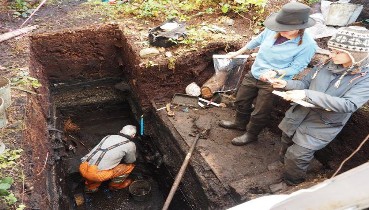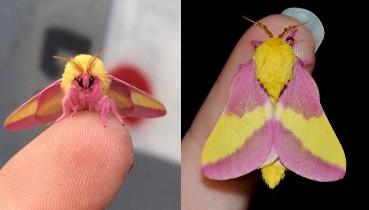
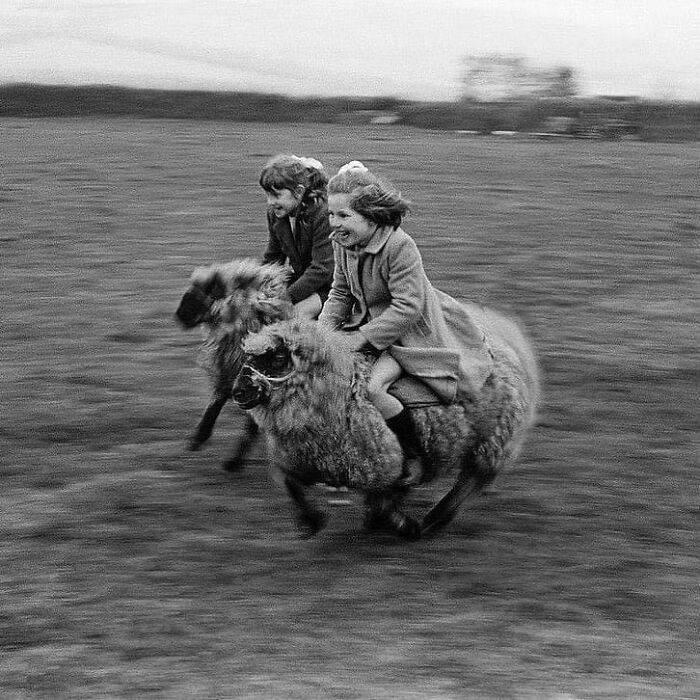
“The Vintage Photo Booth”: 80 Interesting And Cool History Photos
The art of photography has been around for over a century now, but the average image you’ll encounter in your day-to-day life is probably taken on a smartphone within the last year or two. So it can be interesting to explore the world before phones and even the internet and see the past through the actual lenses used at the time.
The “Vintage Photo Booth” Facebook page gathers interesting and historical images from before 1990. So get comfortable for your trip to the past, upvote your favorite pictures, and comment your thoughts and experiences below.
More info: Facebook
#1 Two Girls Gallop Full Speed On Sheep In Cornwall, England 1969
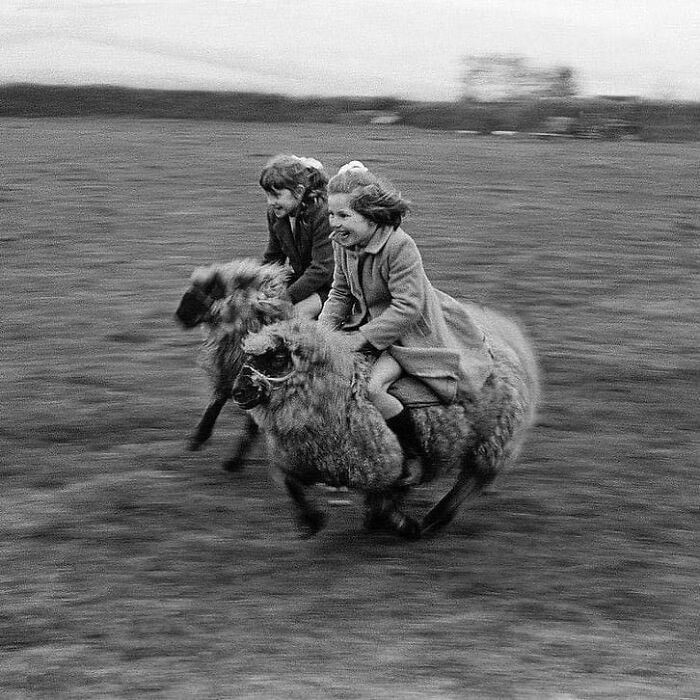
Image credits: VintagePhotoBooth
#2 Dancing In The South Bronx, New York, 1979
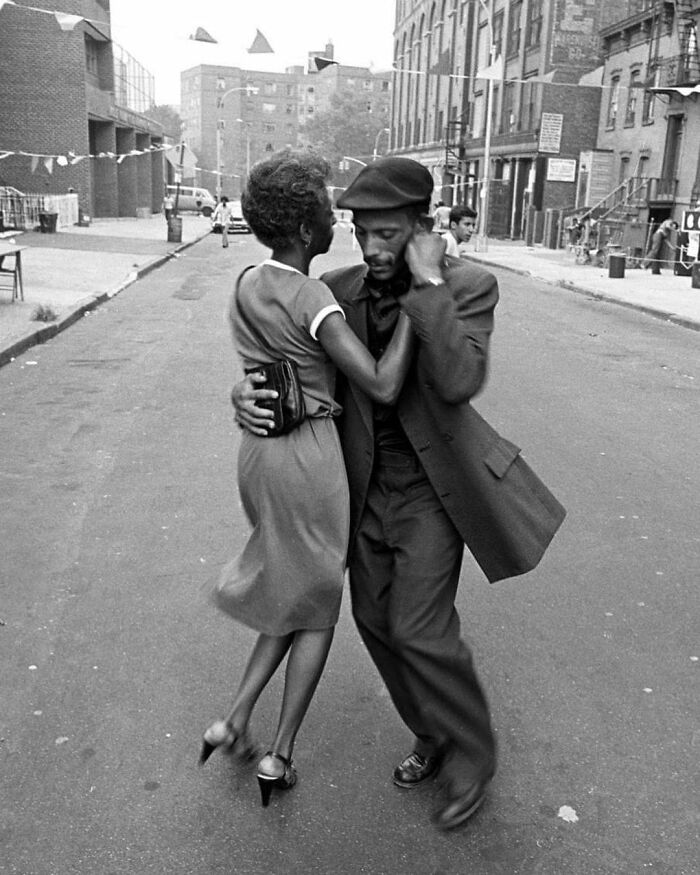
Image credits: VintagePhotoBooth
While photography as an art and a practicality would come about later, a device commonly referred to as a camera obscura was used to project “images” onto walls in a darkened room. Han Chinese philosopher Mozi describes the physics behind this phenomenon in roughly the 4th century BCE.
It can be thought of more like a projector, than a camera, creating a temporary image on a flat surface. The only way to preserve or replicate it, would be to manually trace the image, which is why they were commonly used as drawing tools for architects and designers.
#3 A Cat Named Buffins, Photographed After Winning The Award For “Most Attractive Expression” At A National Cat Club Contest, In Washington, 1958
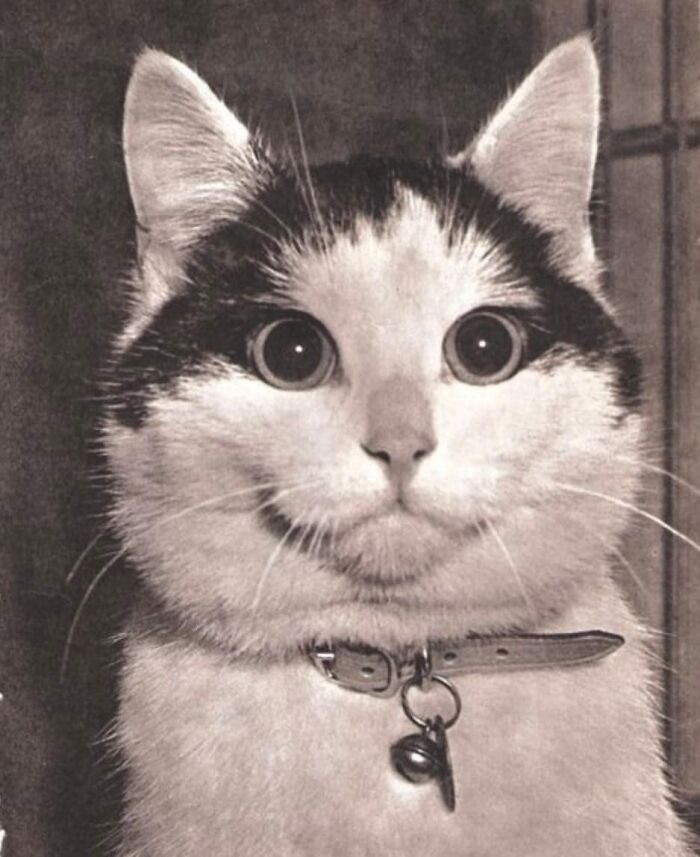
Image credits: VintagePhotoBooth
#4 Playing Cards In The Back Of A Car. (1950s)
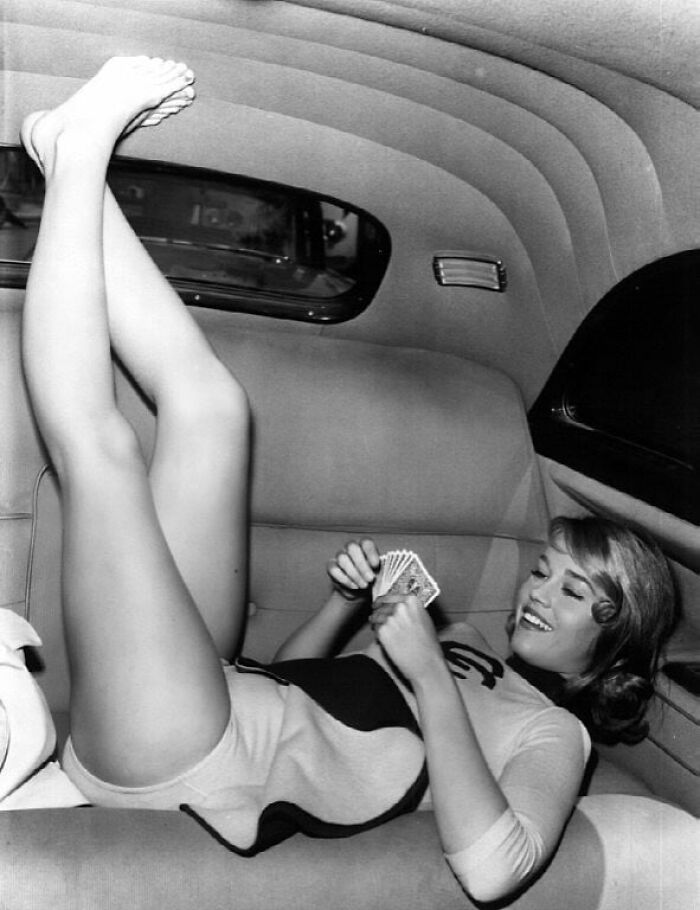
Image credits: VintagePhotoBooth
#5 Bowmont Drive Entrance Of Frank Sinatra’s Home In The 1960s
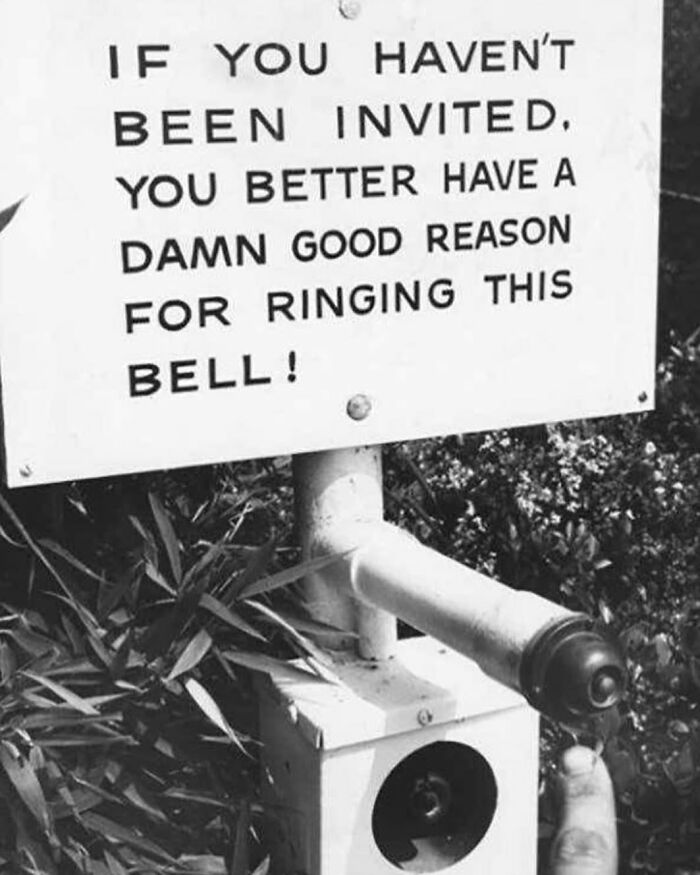
Image credits: VintagePhotoBooth
The first image from a camera was created in 1826 by Joseph Nicéphore Niépce, a French inventor. He managed to capture the view from his window, although the process did require eight hours of exposure on pewter coated with bitumen. Nevertheless, he achieved an image that wasn’t just some light on a wall. Over time, inventors would, bit by bit, reduce the time needed to capture something.
#6 A Beautiful Family Picture
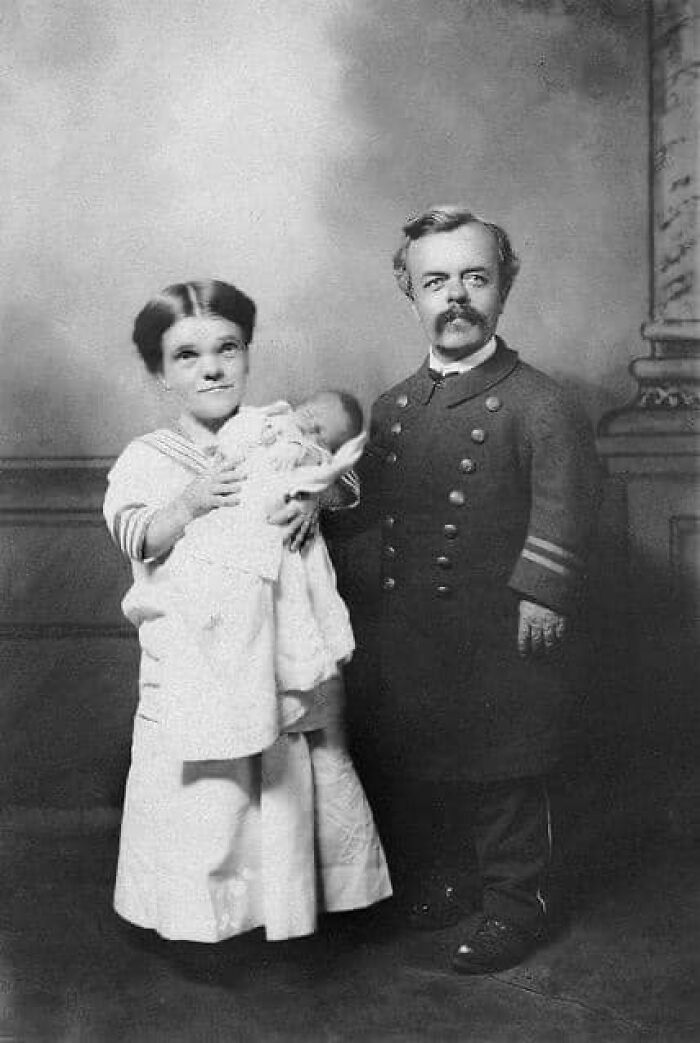
Image credits: VintagePhotoBooth
#7 Elvis And His Mother Gladys
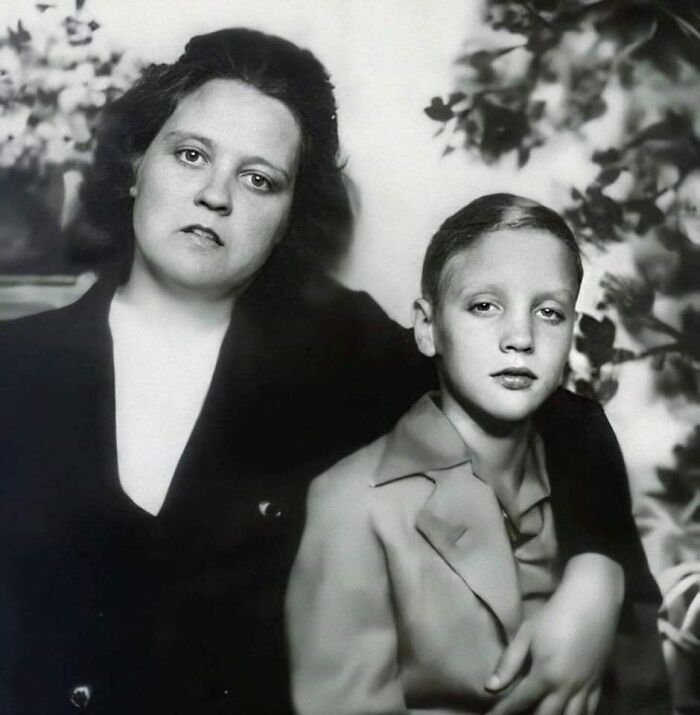
Image credits: VintagePhotoBooth
#8 Ida Lupino – Great Dress Of The Times
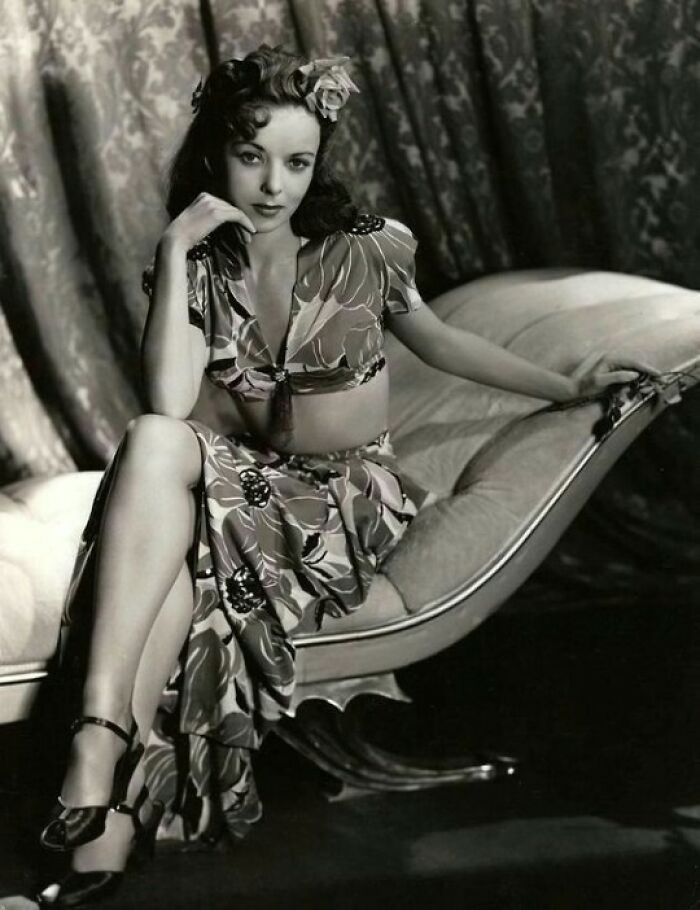
Image credits: VintagePhotoBooth
The first camera that could be effectively manufactured was invented in 1839 by another Frenchman, Alphonse Giroux. His device cost around 400 francs, a solid chunk of change at the time, and would only take between half an hour to an hour to “create” an image. Unfortunately for Alphonse, others took his idea and quickly upgraded it, creating more popular products.
#9 They Are The Carter Family Of Toronto, Ontario In 1936. Louise And John William Carter, Immigrants From Barbados, Went On To Have 9 Children Over A 10 Year Period
The oldest child of this couple George Carter went on to become the first Canadian born Black judge in Canada.
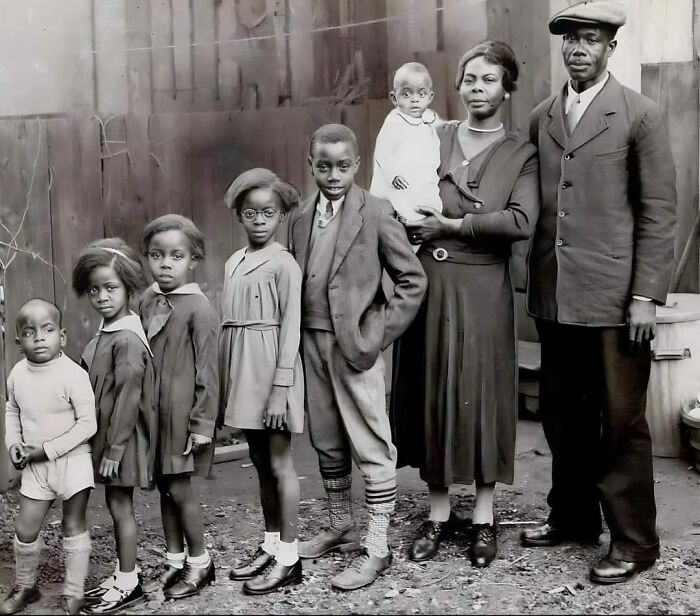
Image credits: VintagePhotoBooth
#10 Sigourney Weaver’s High School Yearbook Photo And Quote In 1967. “Please, God, Please, Don’t Let Me Be Normal.”
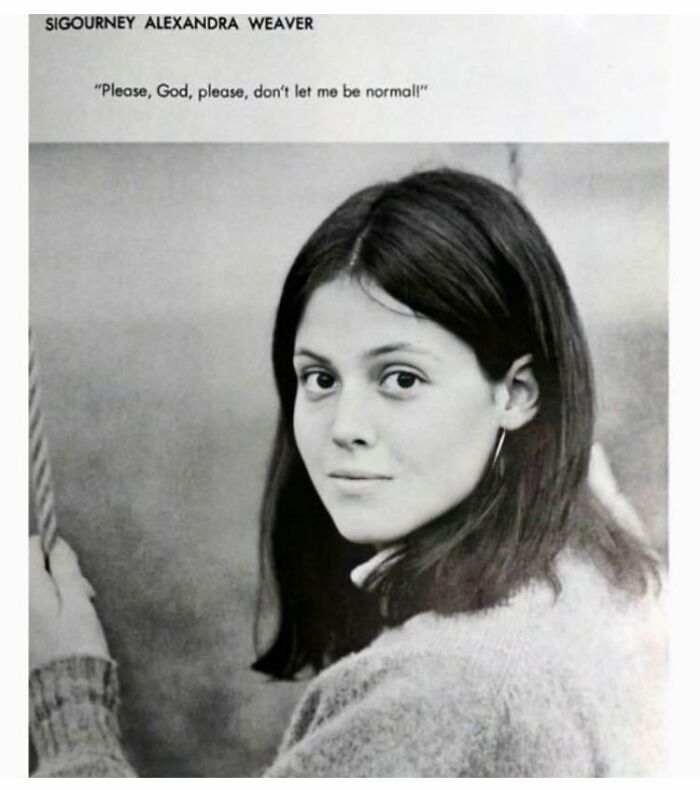
Image credits: VintagePhotoBooth
#11 Photo By Louise Dahl-Wolf, 1939
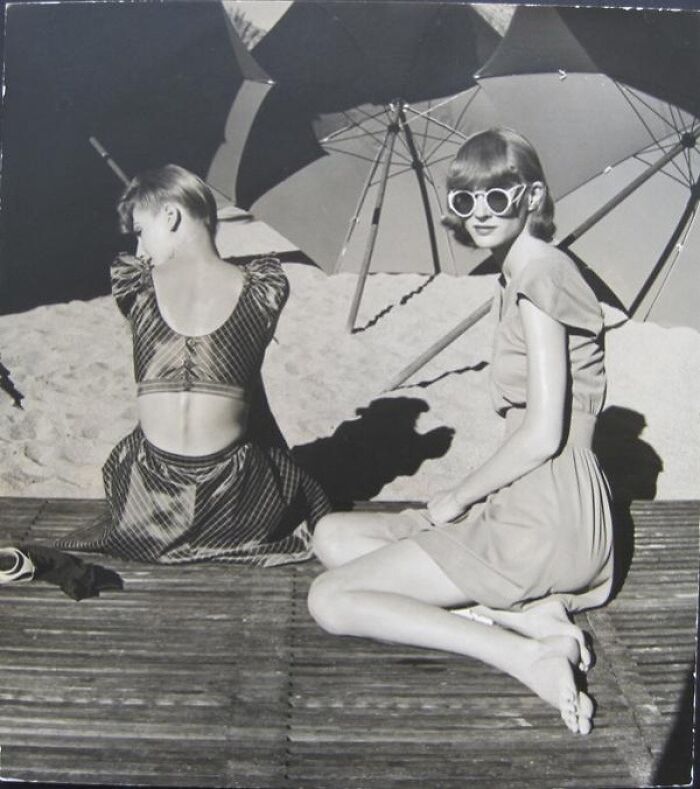
Image credits: VintagePhotoBooth
Despite the venerable age of some of these cameras, they were still a highly niche product, expensive, unwieldy, and annoying to use. Drawing and painting were considerably easier solutions if you wanted to depict a portrait, plus then you could easily “improve” the image of yourself, which no doubt many rich folk did.
#12 Bunny Yeager · Self-Portrait
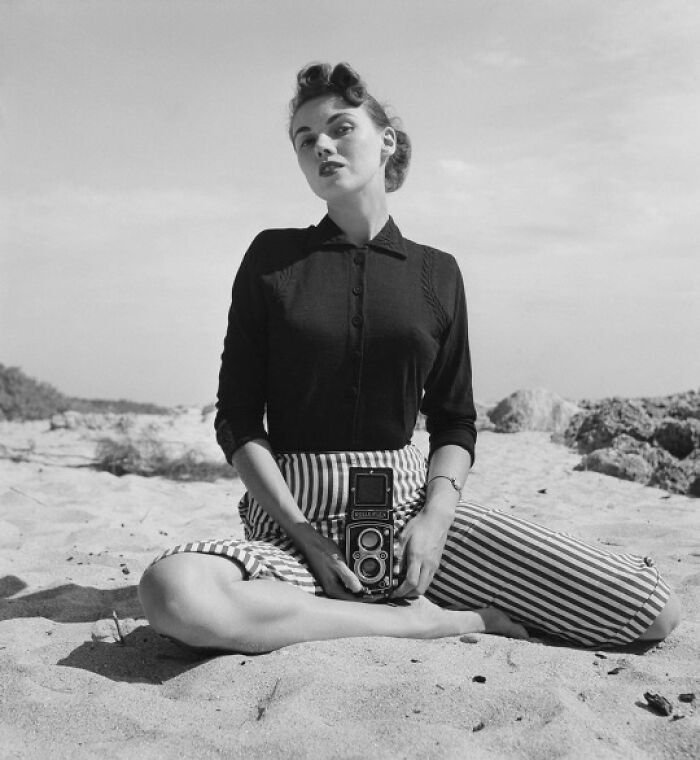
Image credits: VintagePhotoBooth
#13 La Policemen Disguise Themselves As Women To Catch A Purse-Snatcher In The 1960s
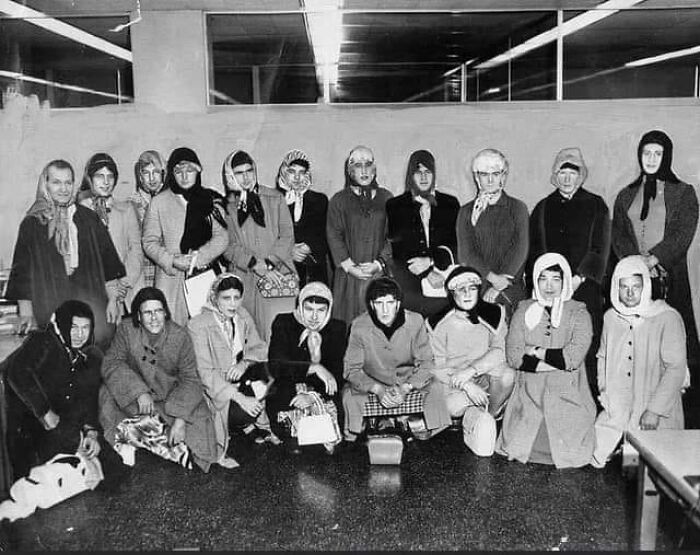
Image credits: VintagePhotoBooth
#14 Pulitzer-Prize-Winning Journalist Murray Kempton. He Never Learned To Drive
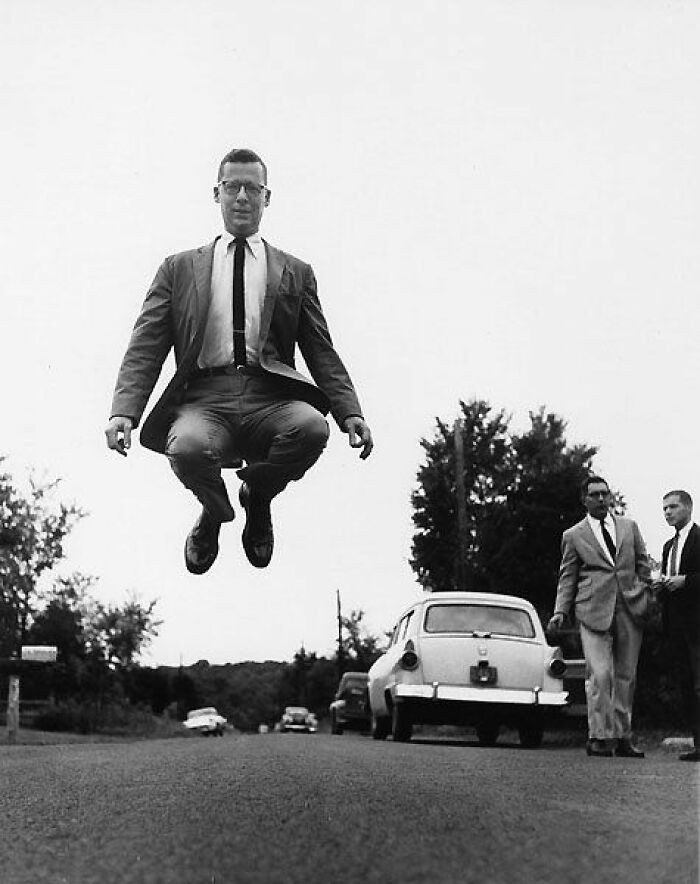
Image credits: VintagePhotoBooth
Another issue was the need for a specialist to handle the camera and the materials to produce the picture. At best, most people of the time saw cameras as a weird niche machine that made blurry, black-and-white images, which tended to not be particularly durable or strong compared to most alternative visual mediums of the time.
#15 Ms Nora Washington With Catfish She Caught—-With A Cane Pole, No Less—-In The Colorado River, Bastrop, Texas 1950’s
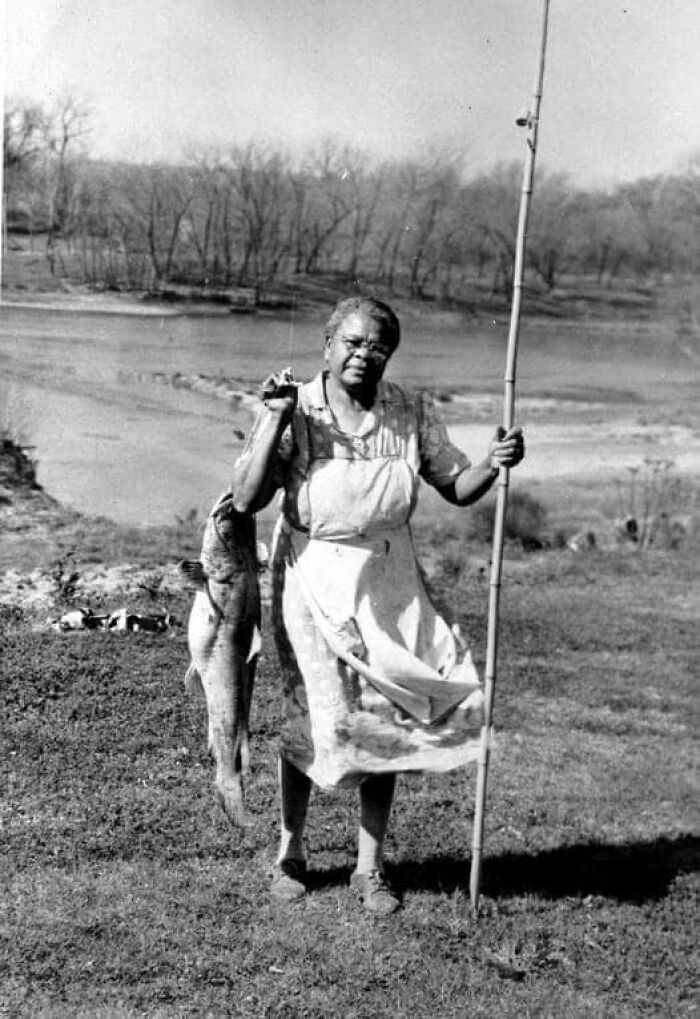
Image credits: VintagePhotoBooth
#16 Polka Dotted Beach Pajamas, Deauville – 1930’s
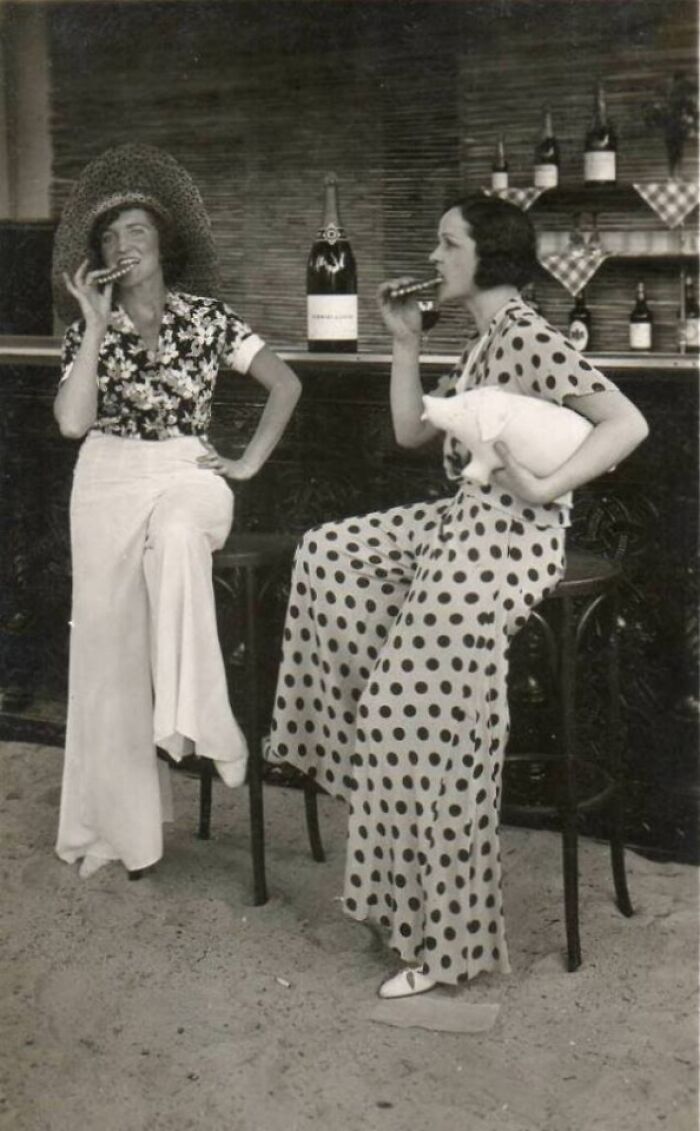
Image credits: VintagePhotoBooth
#17 Coal Miner’s Wife And Three Of Their Children. Company House In Pursglove, Scotts Run, West Virginia, September 1938
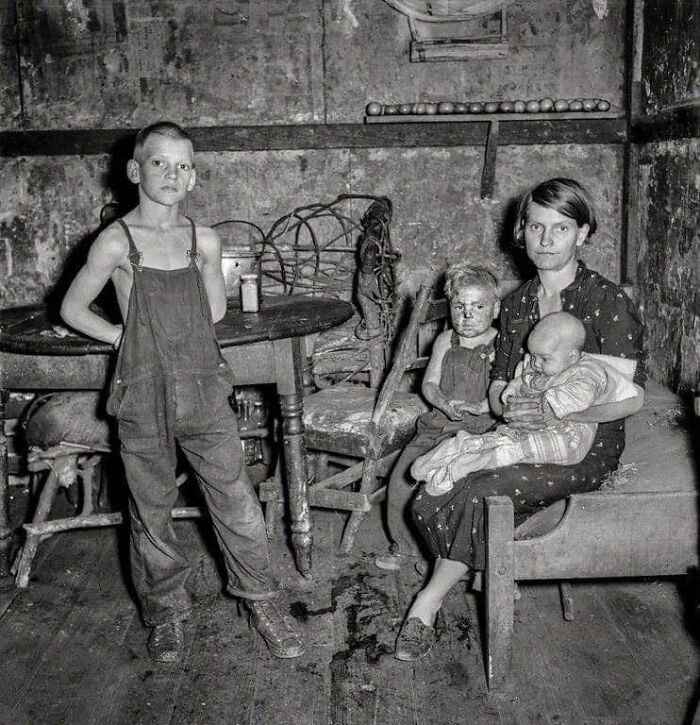
Image credits: VintagePhotoBooth
A major breakthrough was the invention of mass-produced film and 35mm film in particular. Multiple brands and inventors based cameras around this film, allowing for “regular people” to more easily take and process photos. While not dirt cheap, an average working person could buy a camera and supply it with film if they really wanted to.
#18 Daisy Bikini In
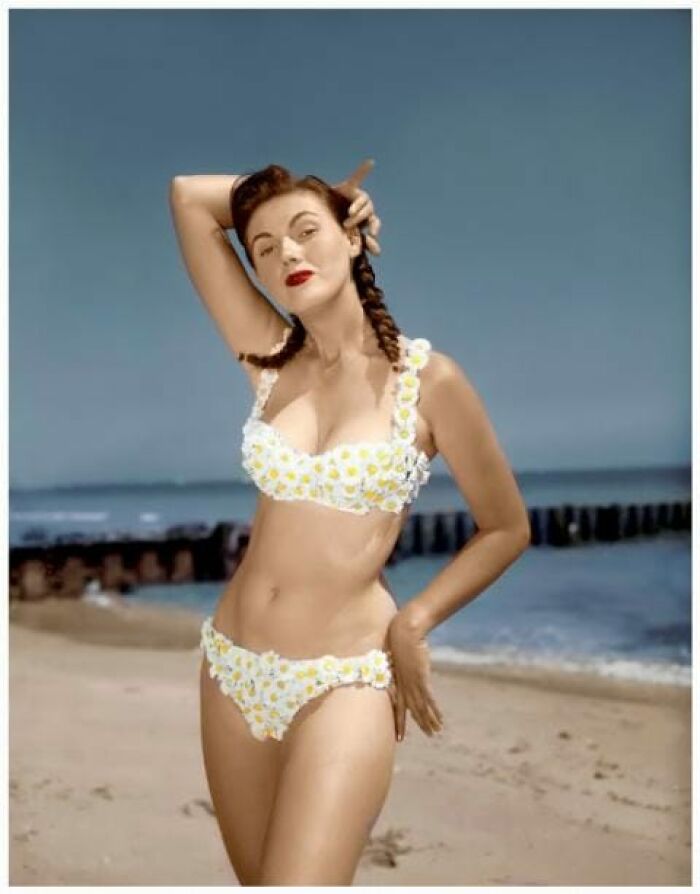
Image credits: VintagePhotoBooth
#19 1940s…..i Would Love To Know What’s Going On…..her Joy Is Infectiou
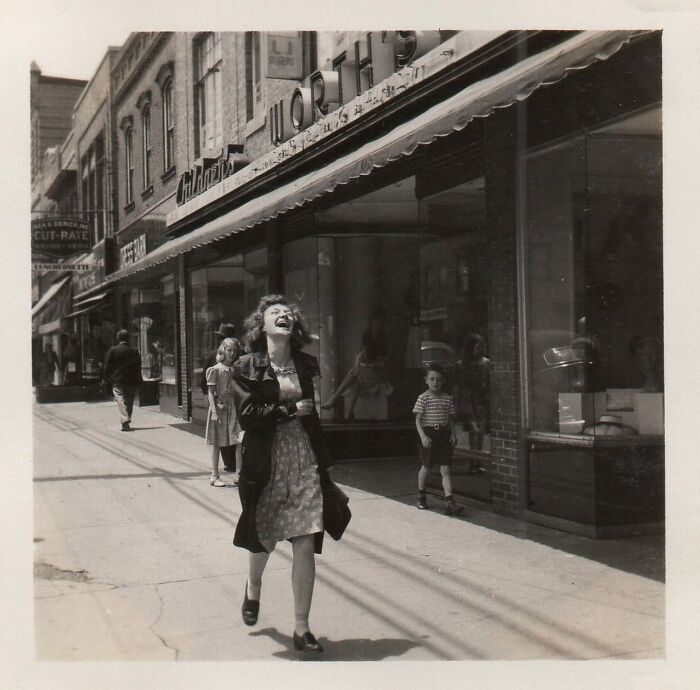
Image credits: VintagePhotoBooth
#20 Marlon Brando, A Cat Lover, Once Declared, “I Live In My Cat’s House”
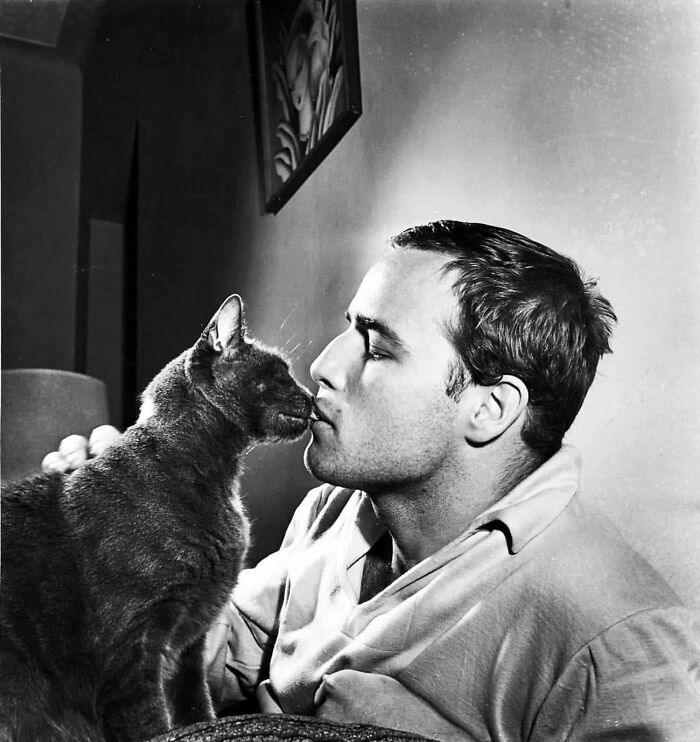
Image credits: VintagePhotoBooth
Soon photographs were no longer a novelty, but a staple, as newspapers began to print images. Just a few decades ago, Polaroid came out with the very first instant image cameras, cutting out the wait period between taking photos and the negatives being developed. While the quality was not amazing, it’s a far cry from the multi-hour waits associated with cameras in a previous era.
#21 Jackie Kennedy Mannequin, New York, 1961
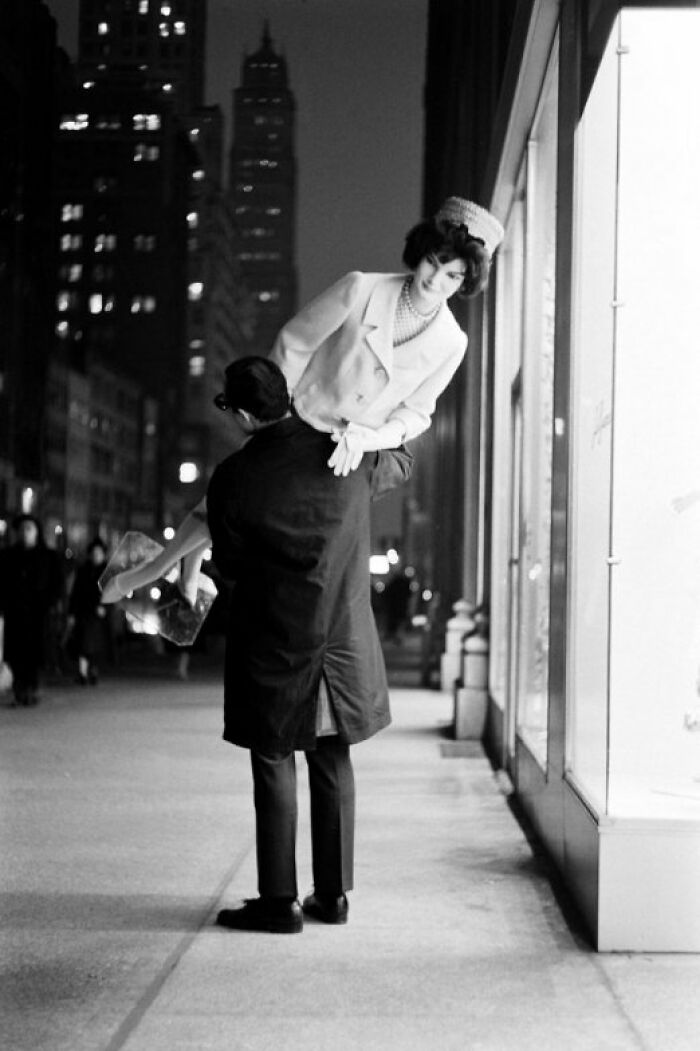
Image credits: VintagePhotoBooth
#22 Audrey Hepburn Photographed By Art Zelin On The Streets Of New York, 1990
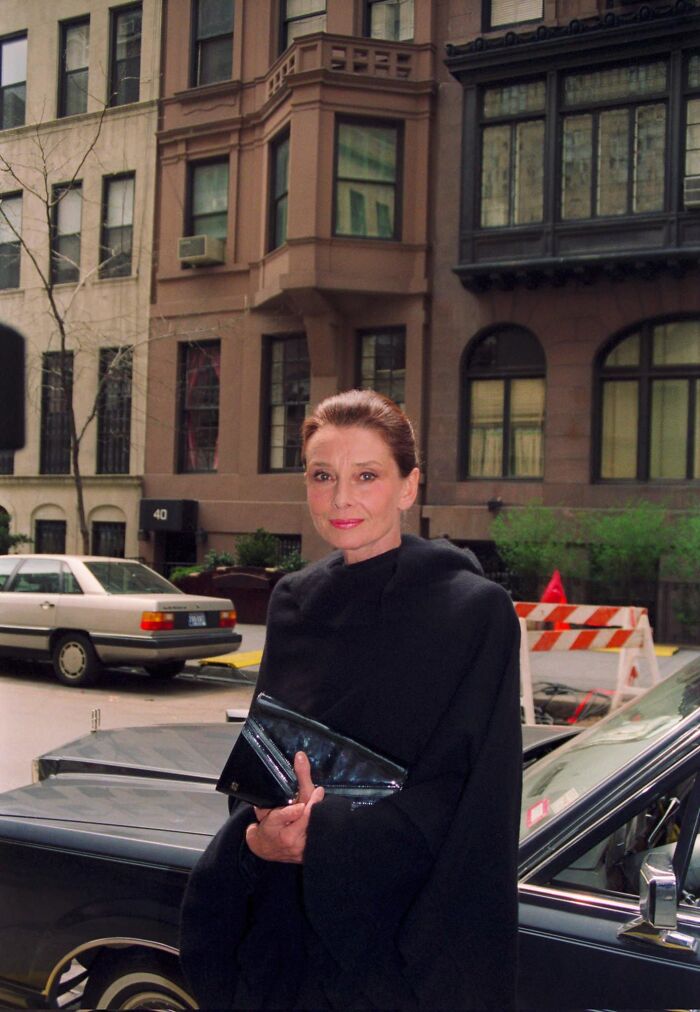
Image credits: VintagePhotoBooth
#23 NY Public Library Bookmobile – Bronx, 1950

Image credits: VintagePhotoBooth
While amateur photographers could easily document anything they could capture, professionals had already learned how to edit and manipulate images. This practice existed long before digital images, photoshop, and filters, going all the way back to the 20th century, when photographers would “insert” their work into paintings or create a “montage” of multiple images.
#24 Brando Attends The Funeral Of Black Panther Bobby Hutton, Oakland, 1968
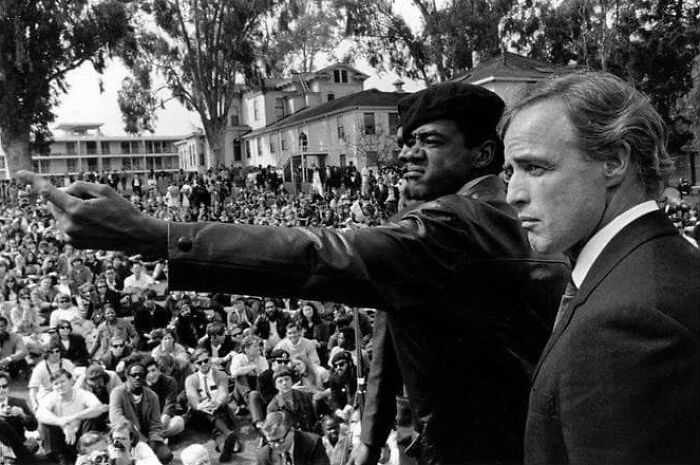
Image credits: VintagePhotoBooth
#25 Before The Parachute
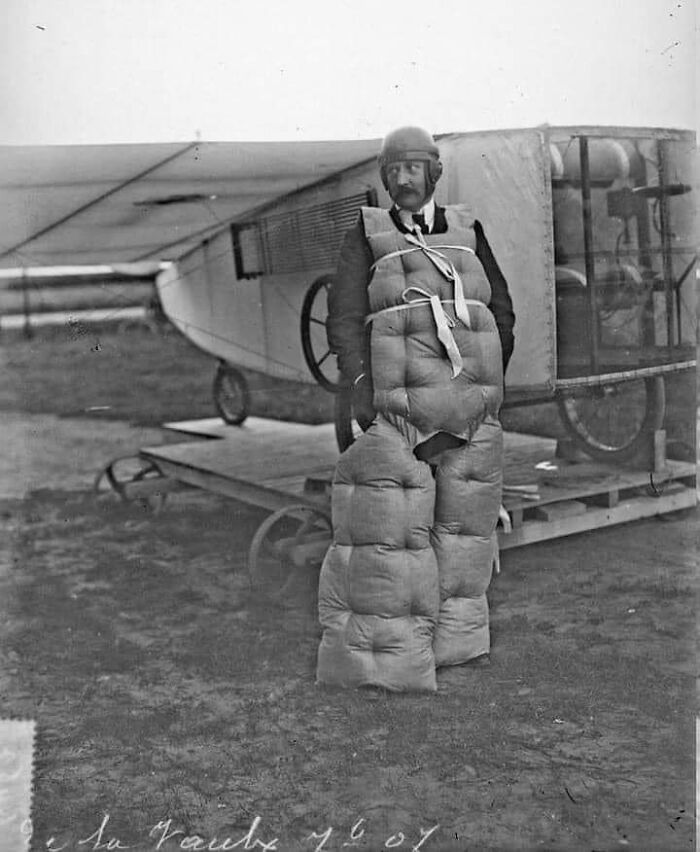
Image credits: VintagePhotoBooth
#26 A Couple Of Students Hang Out In Their College Dorm Room At The University Of Illinois In 1910
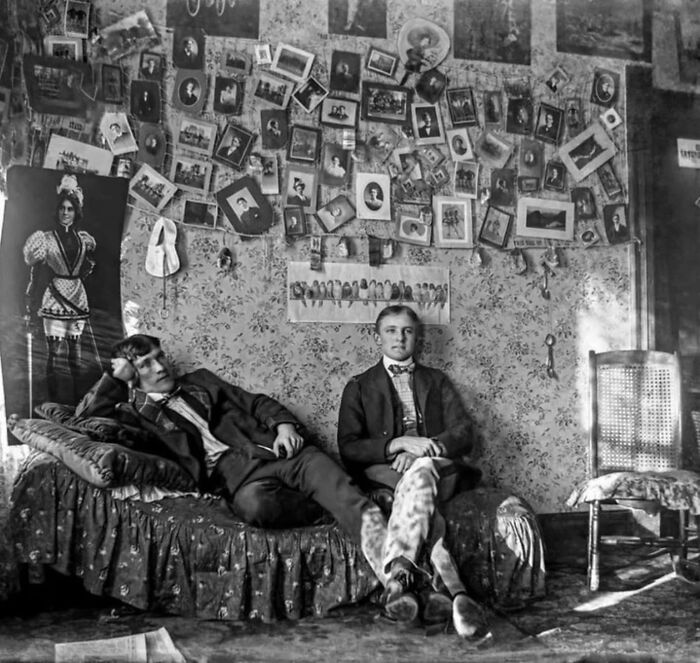
Image credits: VintagePhotoBooth
Despite its age, photography is still considered a new medium, as it still requires an interplay between the human creator and technology. While the photographer can choose how to frame what they take, they can’t manipulate or control the image nearly as much as an artist, painter or sculptor can.
#27 Priscilla Presley With Her Boyfriend Mike Stone In 1975
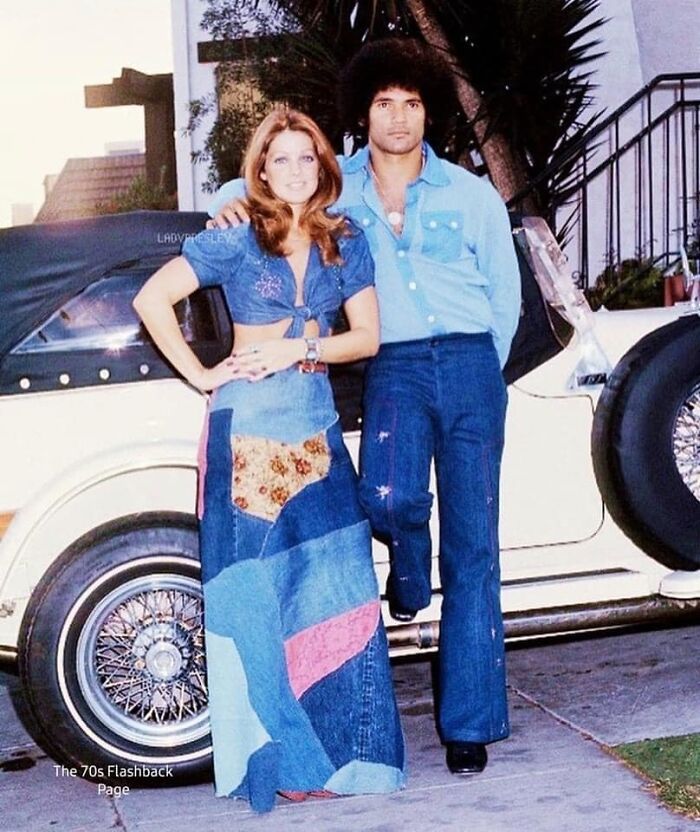
Image credits: VintagePhotoBooth
#28 A Contest On Who Had The Prettiest Legs. Cliftonville, England 1936
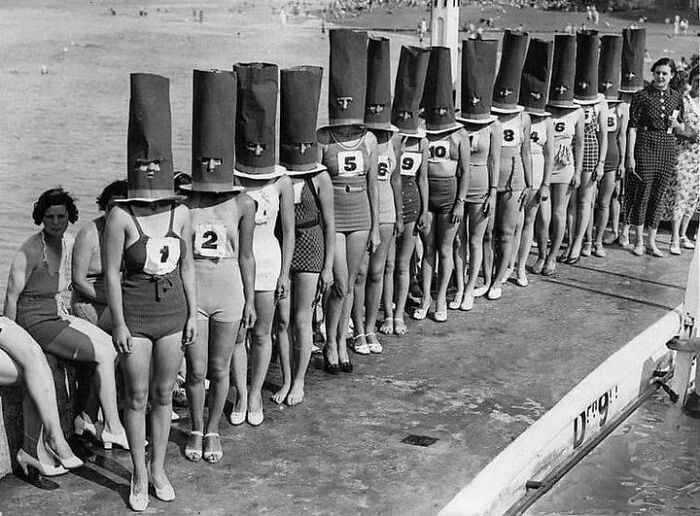
Image credits: VintagePhotoBooth
#29 Jane Evelyn Atwood: Paris Red Light 1976–1979 Pigalle, Paris, 1978
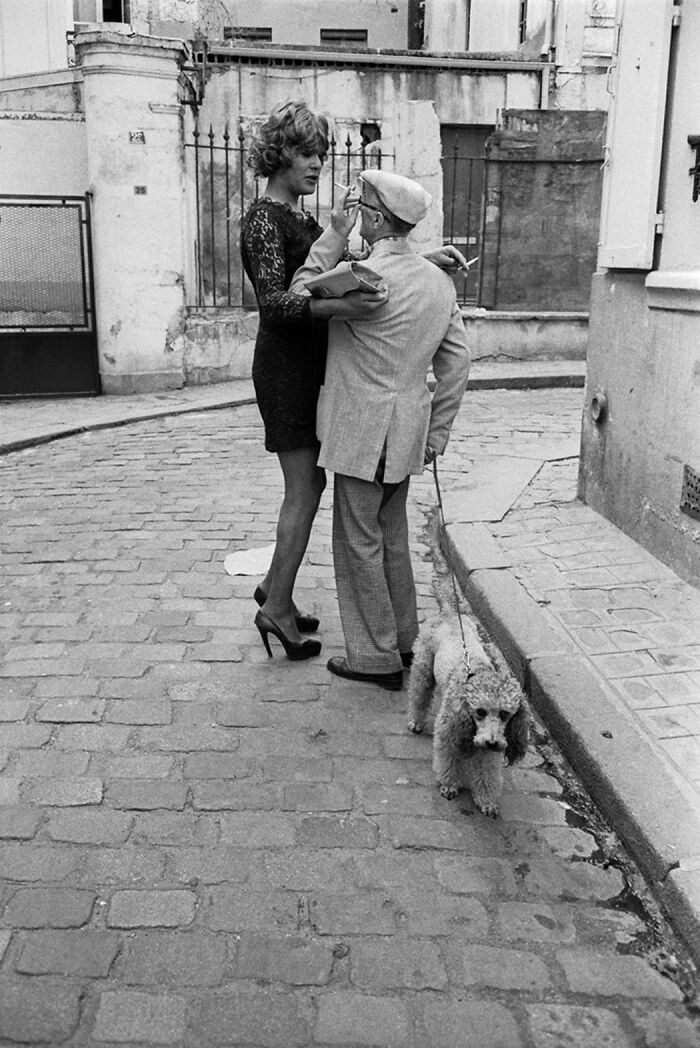
Image credits: VintagePhotoBooth
With the advent of the smartphone, the entire plant can take and share images faster than ever, so when you are snapping your next pic, be grateful for the machine in your pocket. If you have been enjoying this collection of vintage photos so far, why stop? Bored Panda has other articles on old images that you can check out. Alternatively, feel free to look through our article taking old photos of a location and comparing it to what it looks like now.
#30 Delivering Newspapers In Mexico City, 1977, By Frans Stoppelman
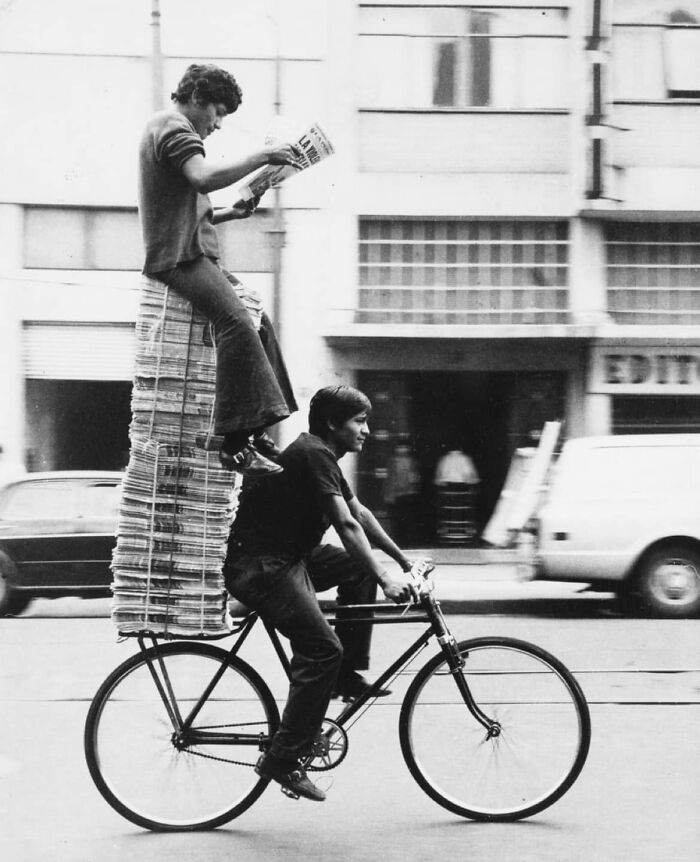
Image credits: VintagePhotoBooth
#31 “Invisible Dad, Result Of War” By Evaldas Ivanauskas 1926
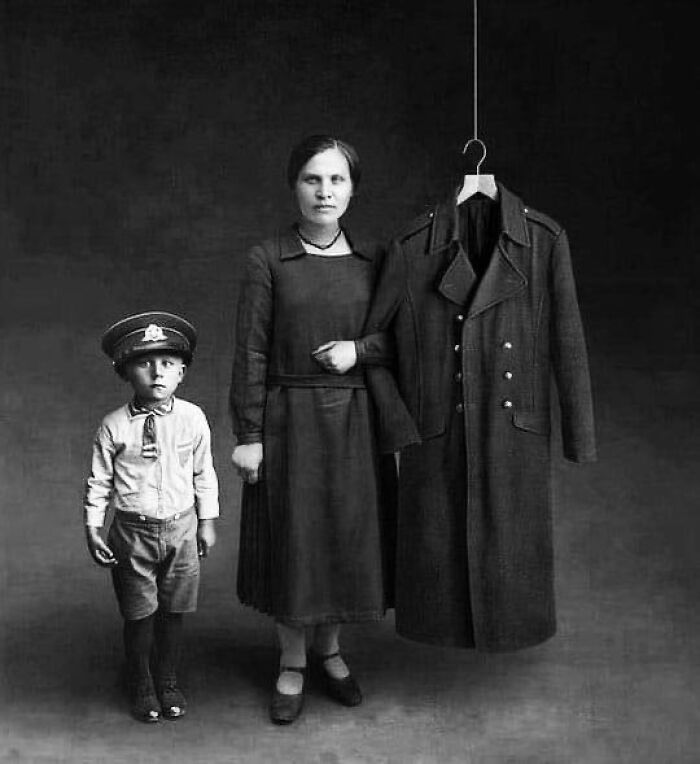
Image credits: VintagePhotoBooth
#32 The Zoot Suit, Ca. 1940s
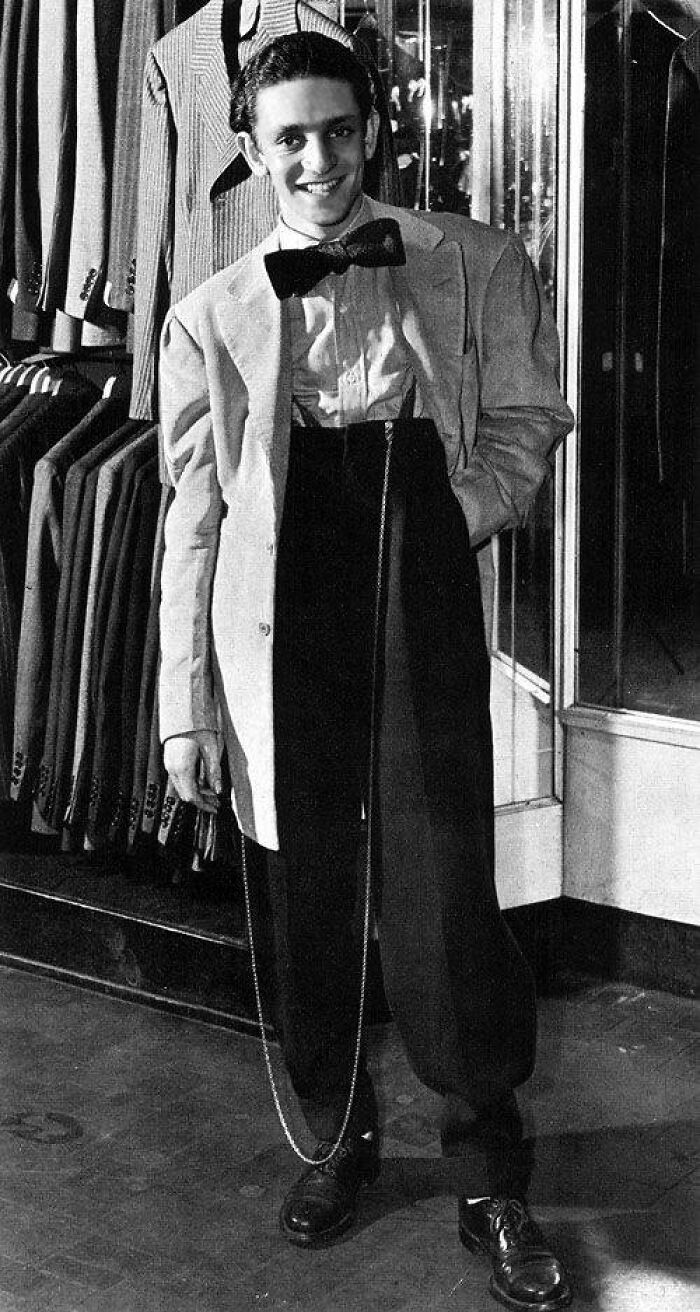
Image credits: VintagePhotoBooth
#33 They Always Said To Put A Tiger In Your Tank. Glad They Put Them On The Roof This Time
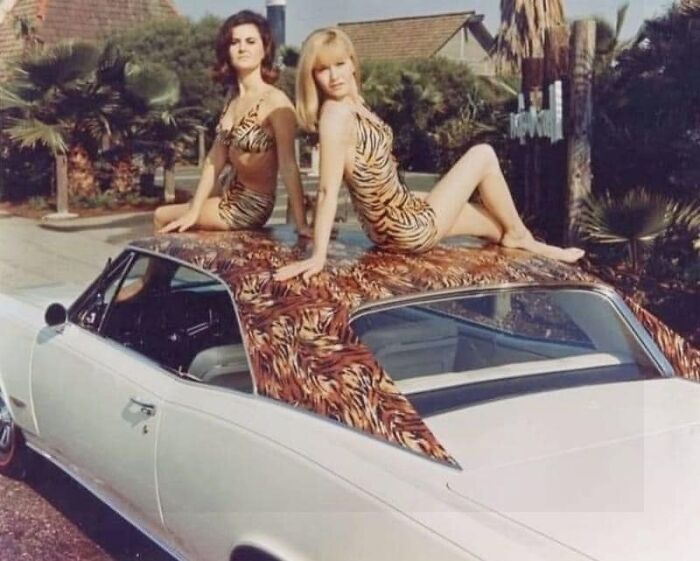
Image credits: VintagePhotoBooth
#34 Dapper Deputy Dawg
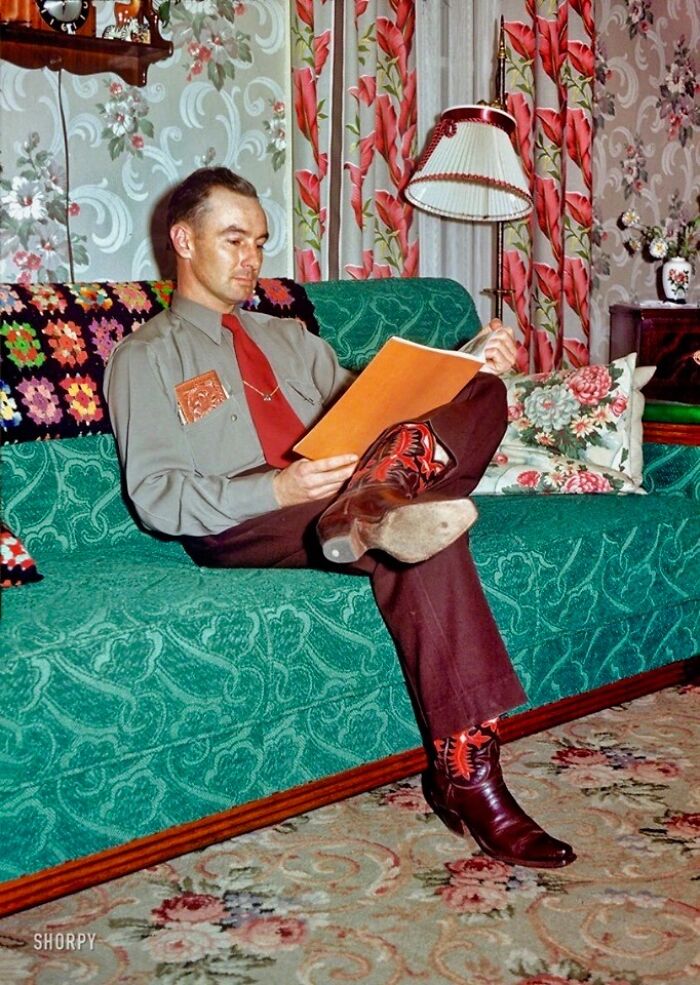
Image credits: VintagePhotoBooth
#35 Newly Completed World Trade Centre 1973
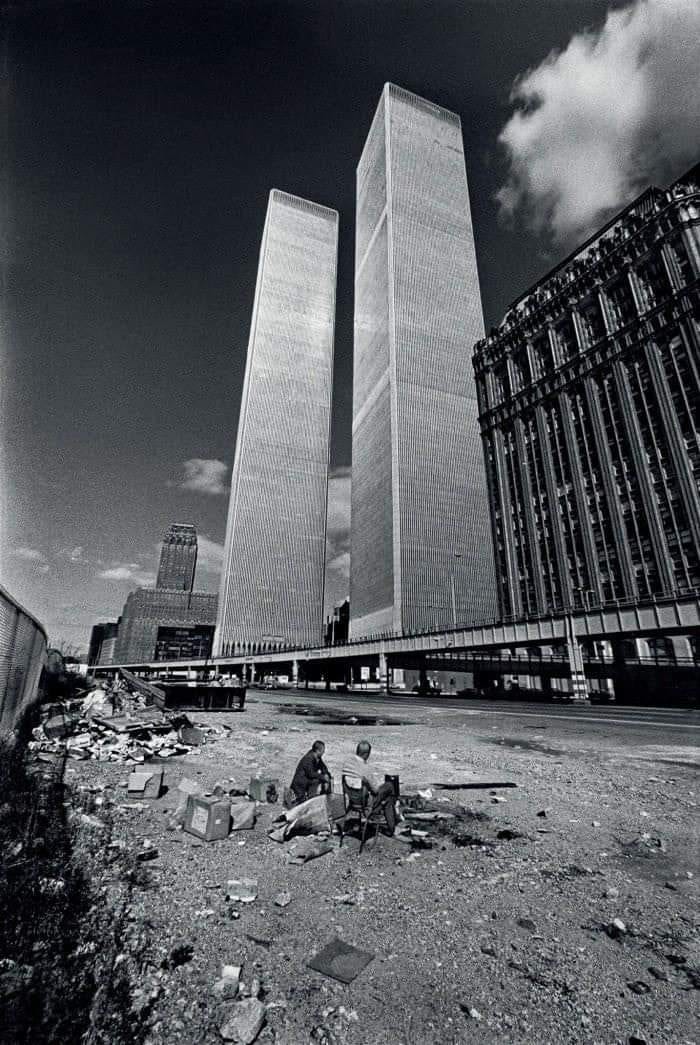
Image credits: VintagePhotoBooth
#36 Bob Dylan And Suze Rotolo, Greenwich Village, New York City, 1963 / Photo By Don Hunstein
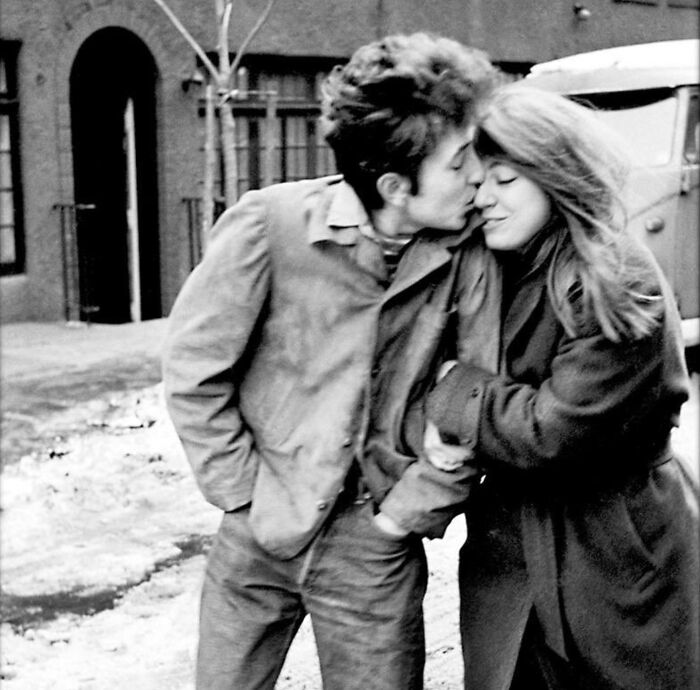
Image credits: VintagePhotoBooth
#37 The Original Ronald Mcdonald Photographed Here In The 1970s. You’re Welcome. Sweet Dreams
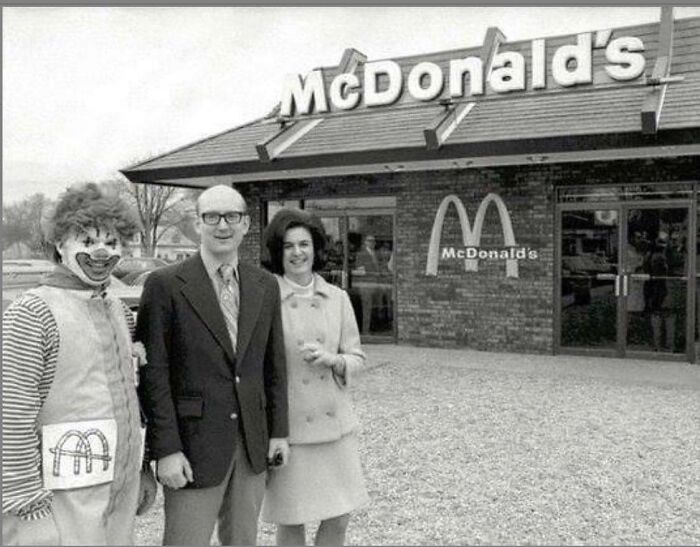
Image credits: VintagePhotoBooth
#38 Old School Bike Life Family
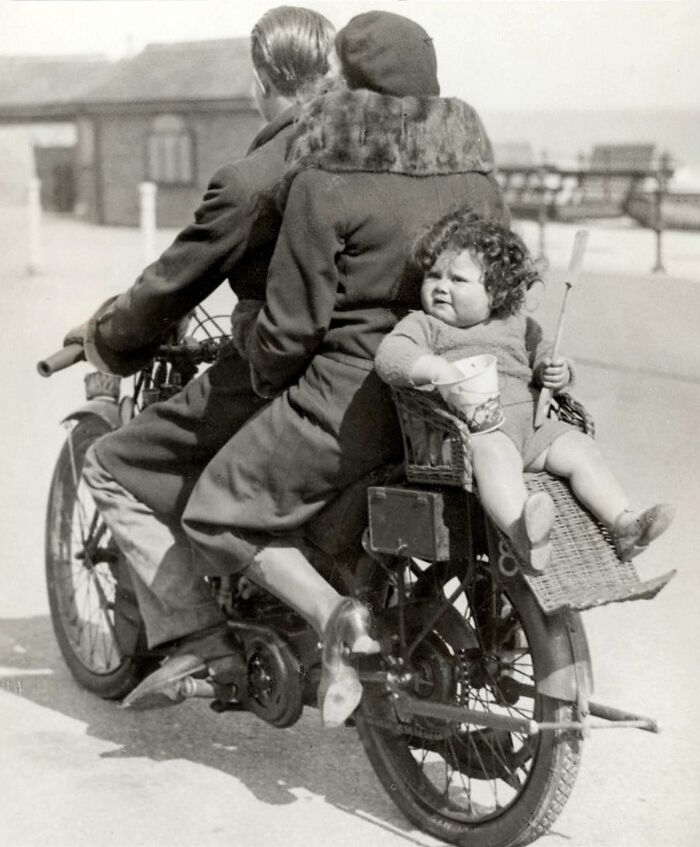
Image credits: VintagePhotoBooth
#39 Mia Farrow C. 1964
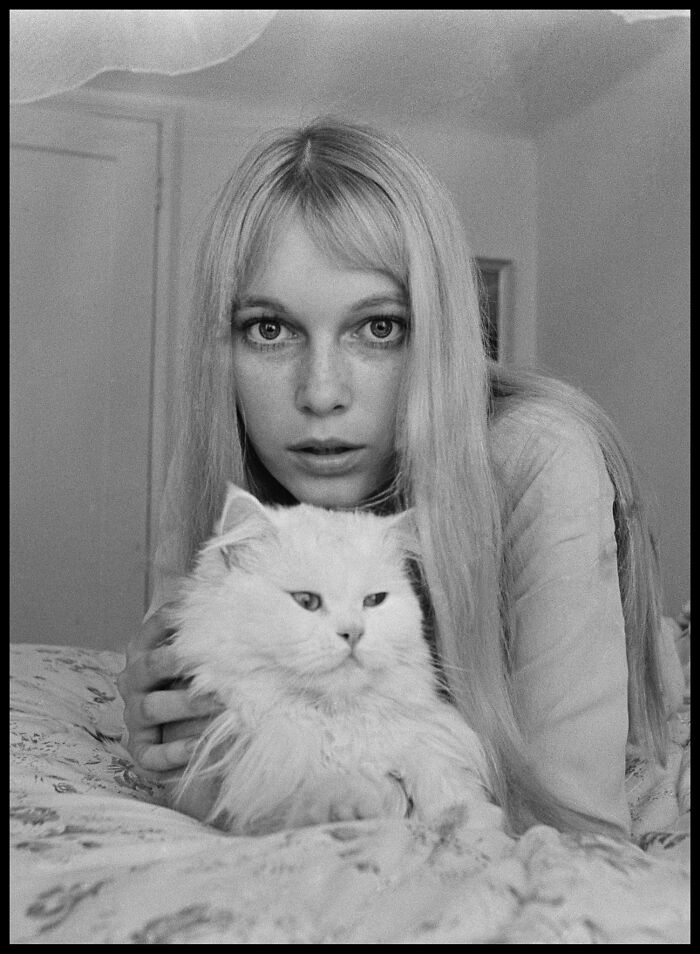
Image credits: VintagePhotoBooth
#40 Violinista Con Perro / Violinist With Dog, Ca 1933, Alfonso Sánchez Portela. Spanish (1902 – 1990)
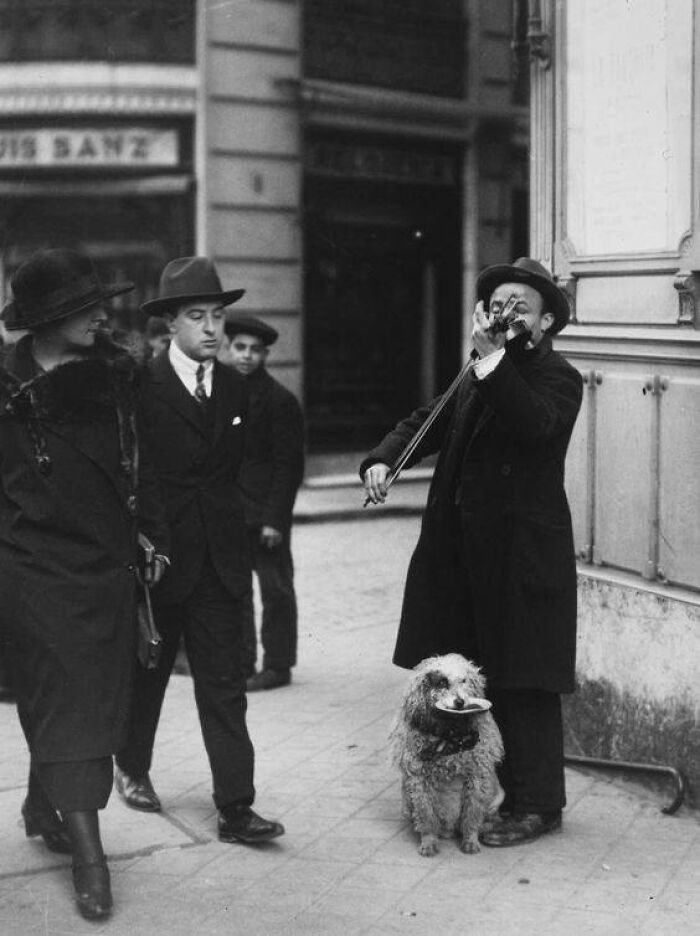
Image credits: VintagePhotoBooth
#41 Girl Talk At The Corner Of East End Avenue And 81st Street, NYC, 1950’s
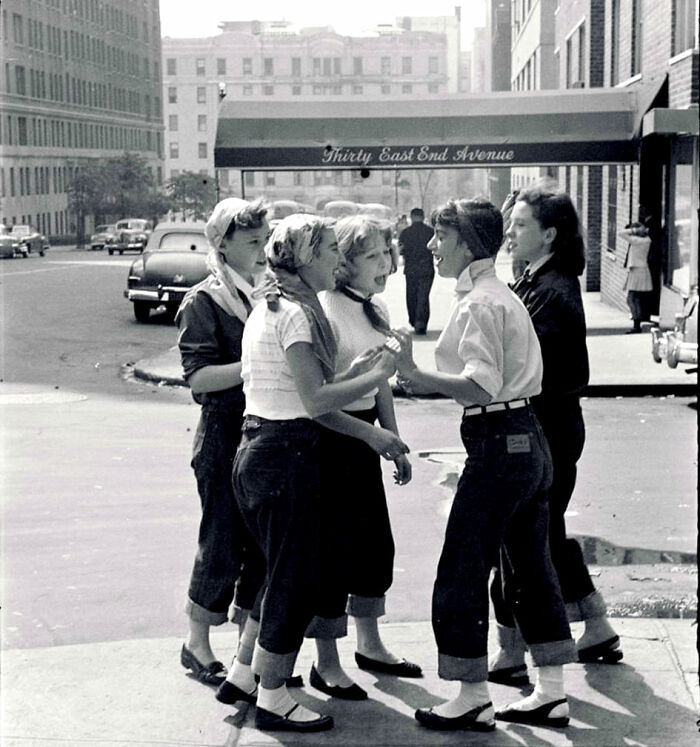
Image credits: VintagePhotoBooth
#42 A Covey Of Young Nerds Compete For The *national ‘Space Invaders’ Championship, *hosted By Atari – NYC, 1980
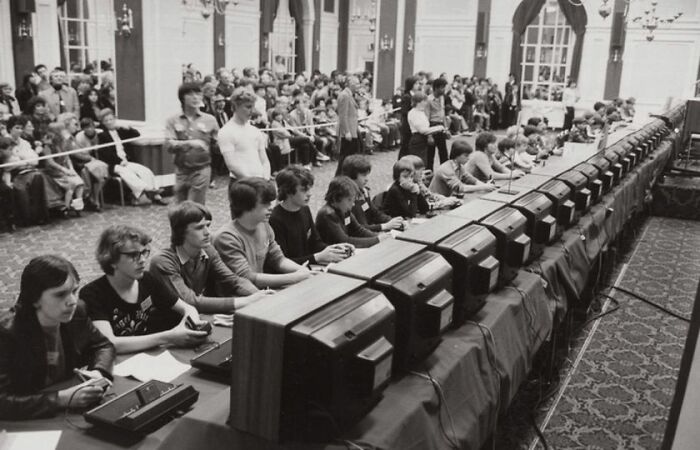
Image credits: VintagePhotoBooth
#43 Ladies At The Gateways Club In Chelsea, London
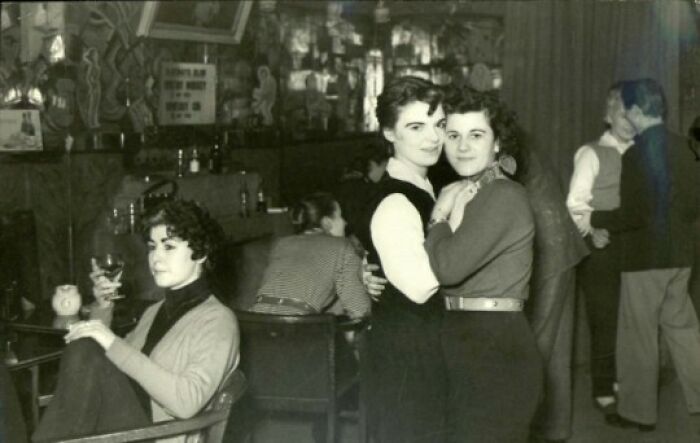
Image credits: VintagePhotoBooth
#44 Found This On Another Site …atlantic City 1939
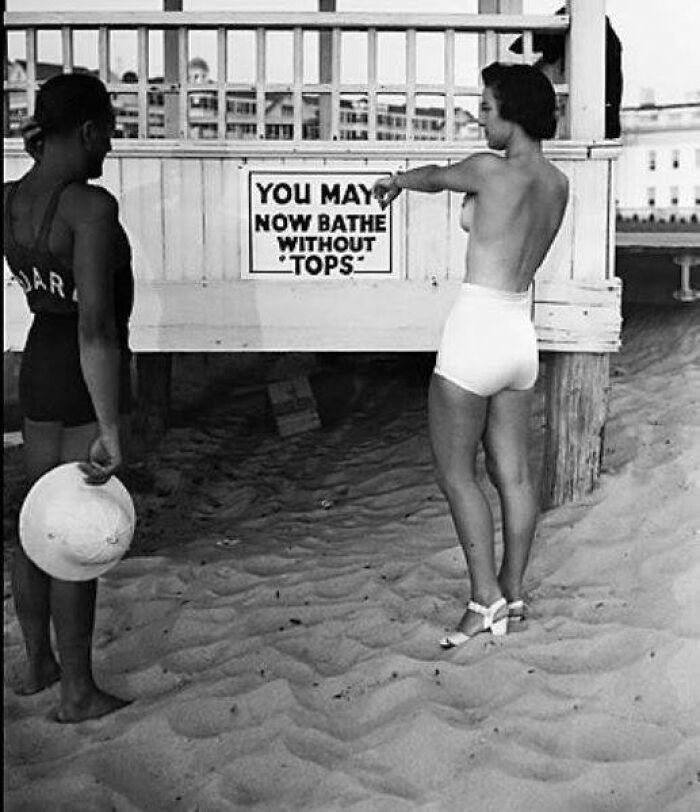
Image credits: VintagePhotoBooth
#45 1942
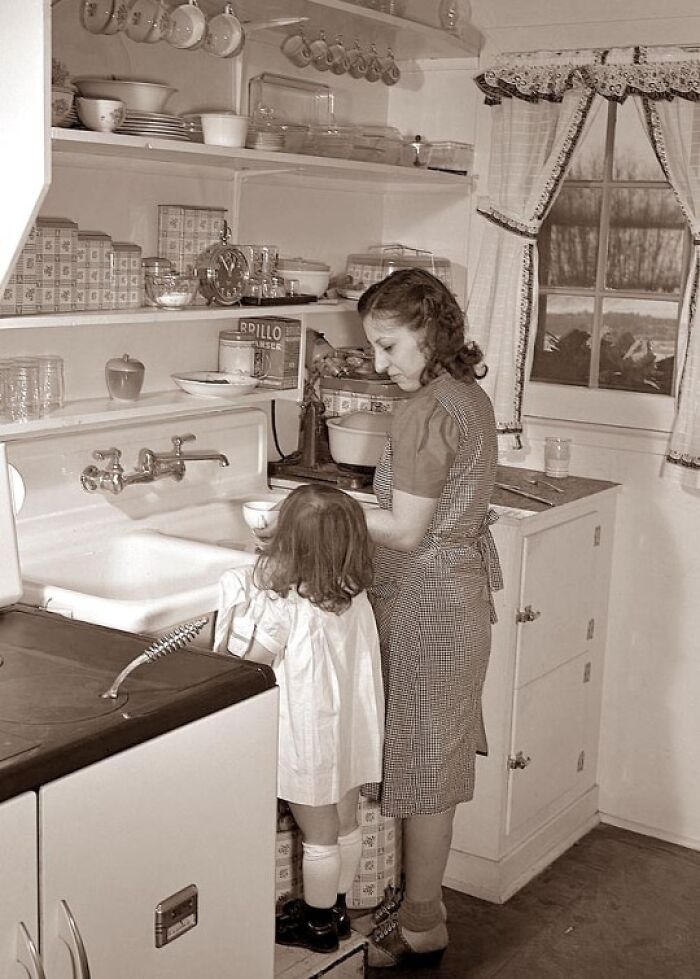
Image credits: VintagePhotoBooth
#46 Kristen M. Shared This Photo From 1978. She Says This Is What Her Life Was Like Having Big Brothers
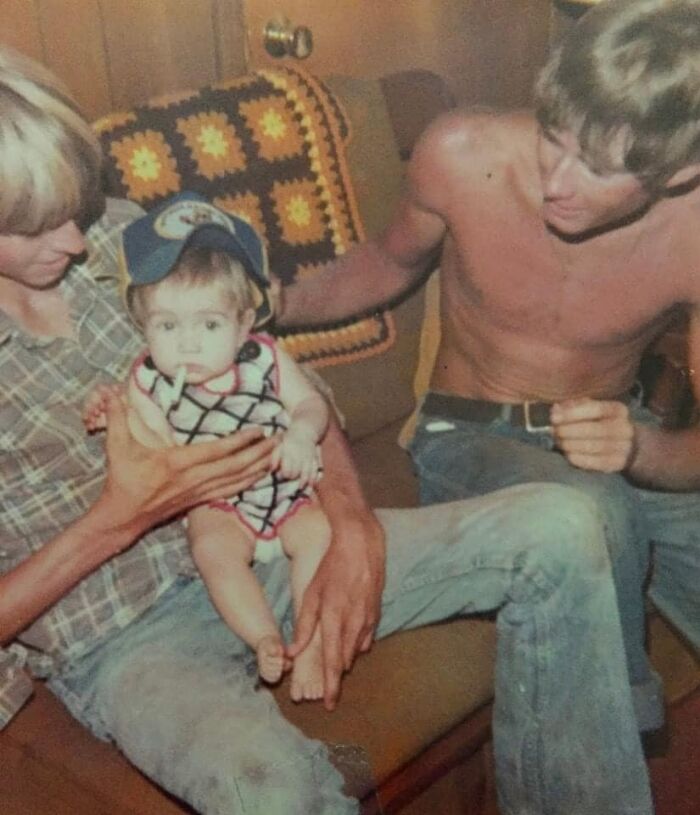
Image credits: VintagePhotoBooth
#47 London Children And Dog….. Approx 1955
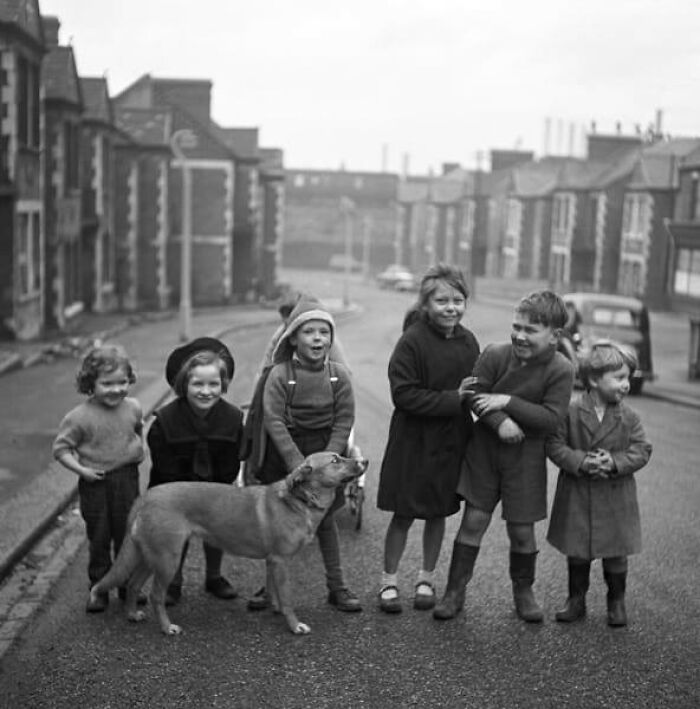
Image credits: VintagePhotoBooth
#48 At The Caramel Club, Paris, 1963 (Pierre Parente)
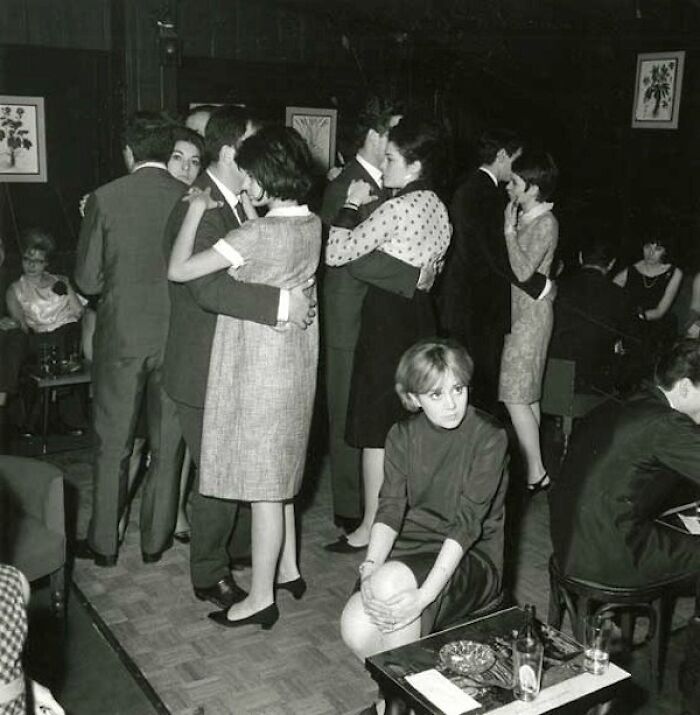
Image credits: VintagePhotoBooth
#49 1944 – Flirting: A Young Women Flaunts Her Charm While Sipping A Milkshake With Some Teenage Boys
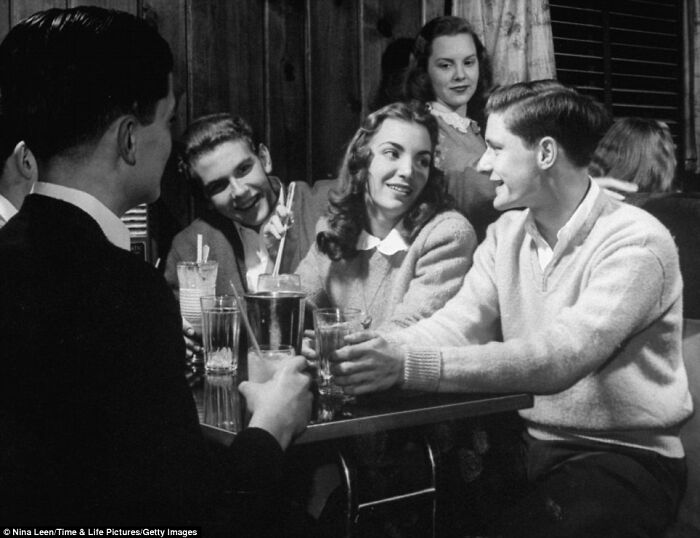
Image credits: VintagePhotoBooth
#50 Aboriginal Boy With Kangaroo Pet, Australia National Geographic | October 1955
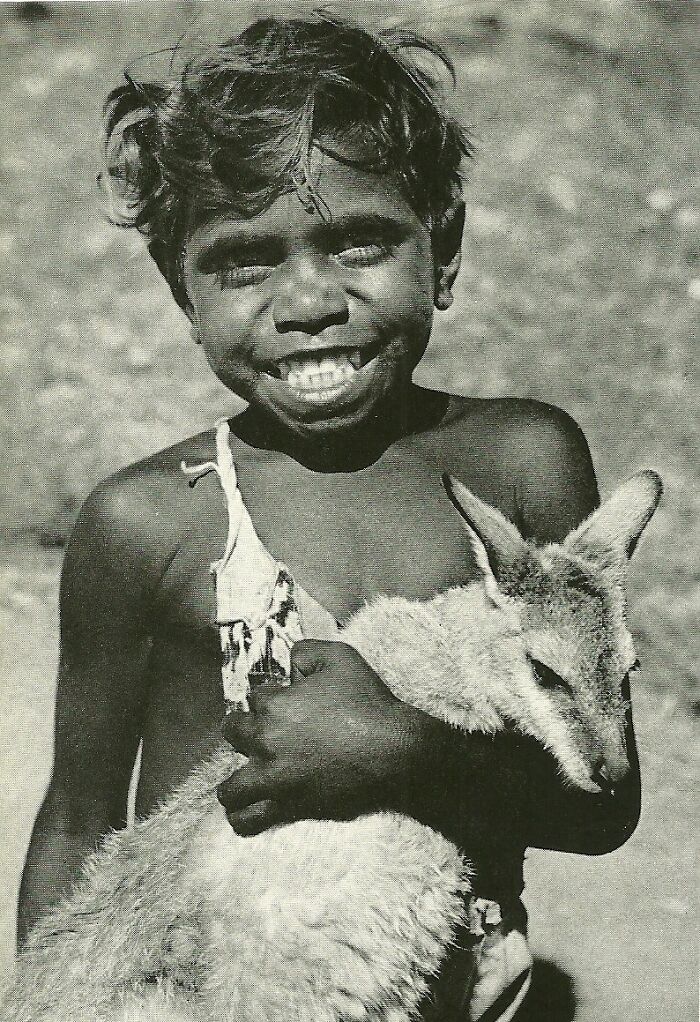
Image credits: VintagePhotoBooth
#51 Bar Los Siete Espejos (Bar Of Seven Mirrors), Valparaiso, Chile, 1963
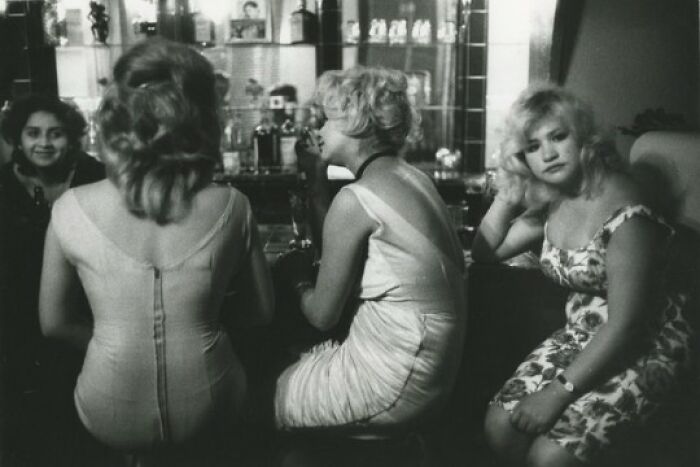
Image credits: VintagePhotoBooth
#52 An Interior View Of The Mess Hall Showing Convicts At Dinner In The Ohio State Penitentiary Located In Columbus, Ohio
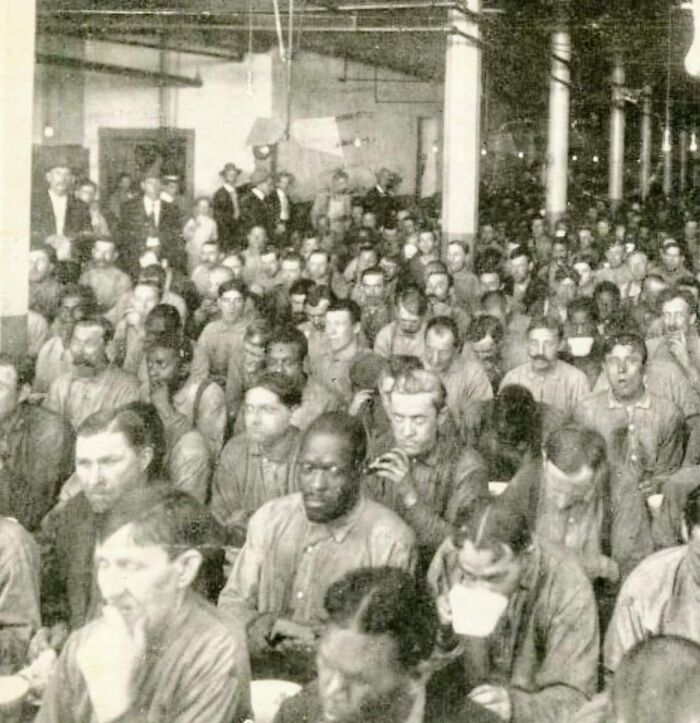
Image credits: VintagePhotoBooth
#53 This High School Girl Has The Jean Jacket And Hair Style That Were Popular In The ’70s
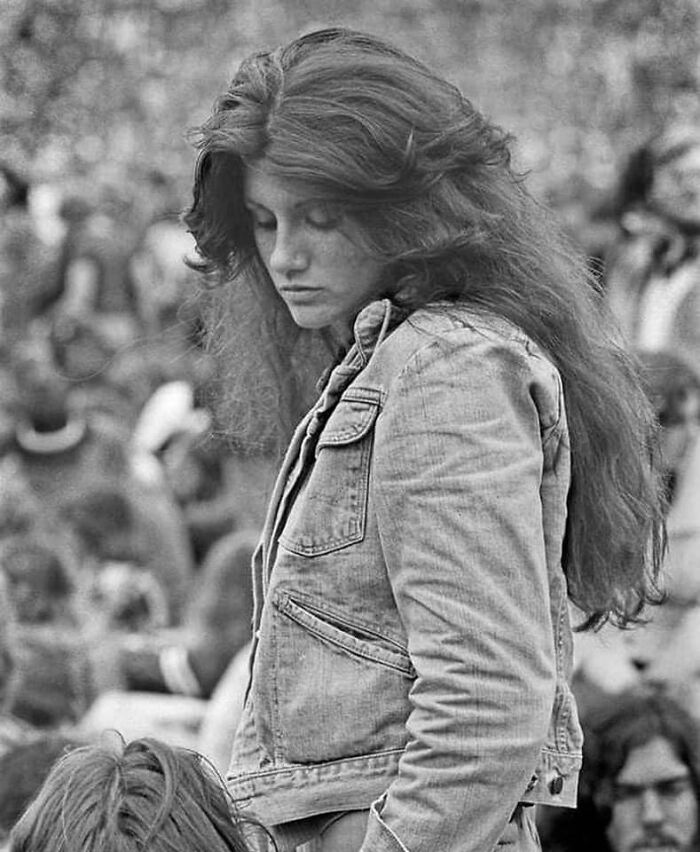
Image credits: VintagePhotoBooth
#54 Battersea Fun Fair, London, England C.1952
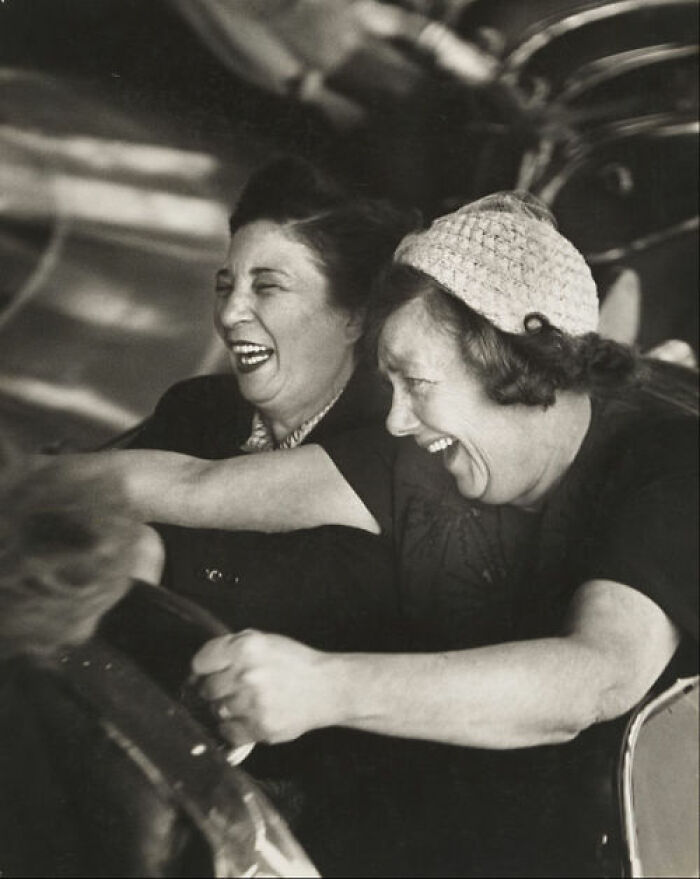
Image credits: VintagePhotoBooth
#55 Young Women Sitting At The Bar, Cuba 1950s
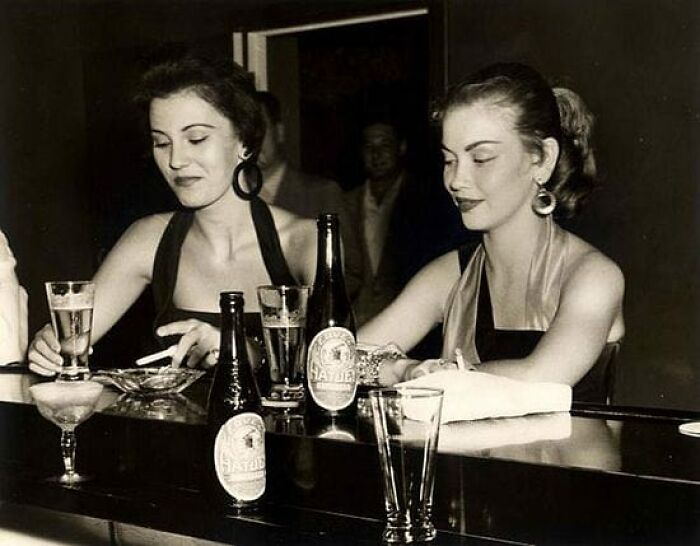
Image credits: VintagePhotoBooth
#56 Diane Arbus, “Woman With Eyeliner”, N.y.c., 1964
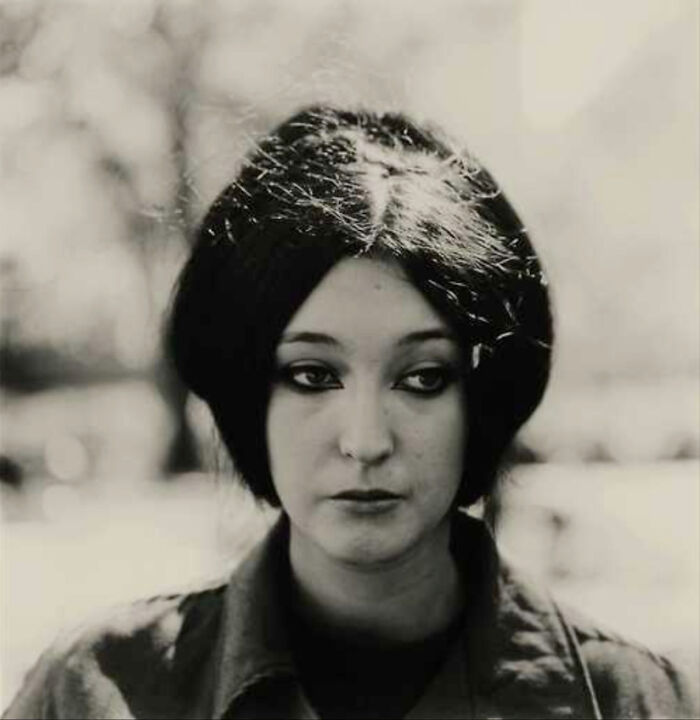
Image credits: VintagePhotoBooth
#57 Charleston, Sc, Photo By Baldwin Lee, 1984
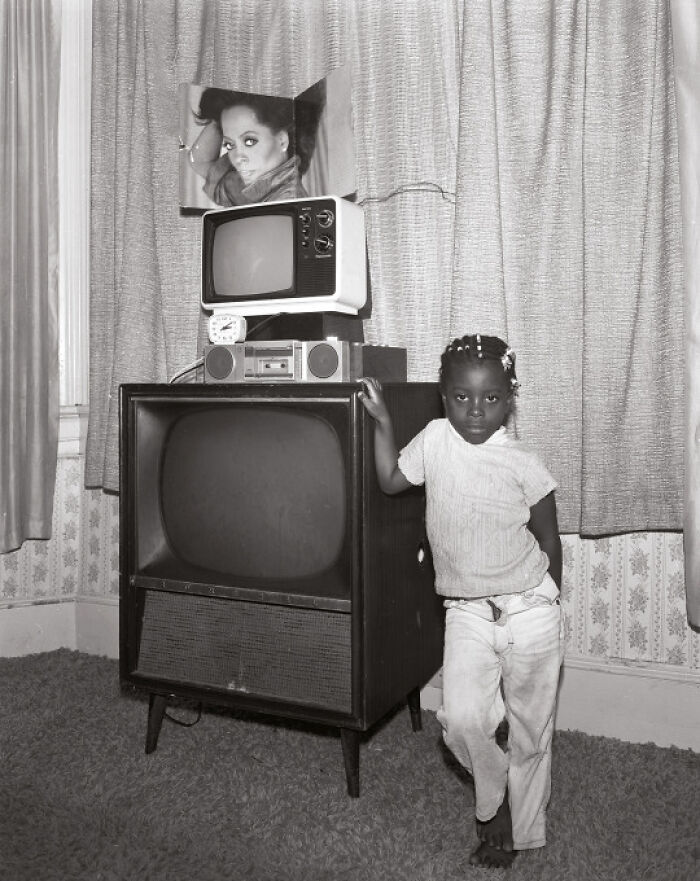
Image credits: VintagePhotoBooth
#58 Walking To Work Along Spring Garden Road. Feb 1960
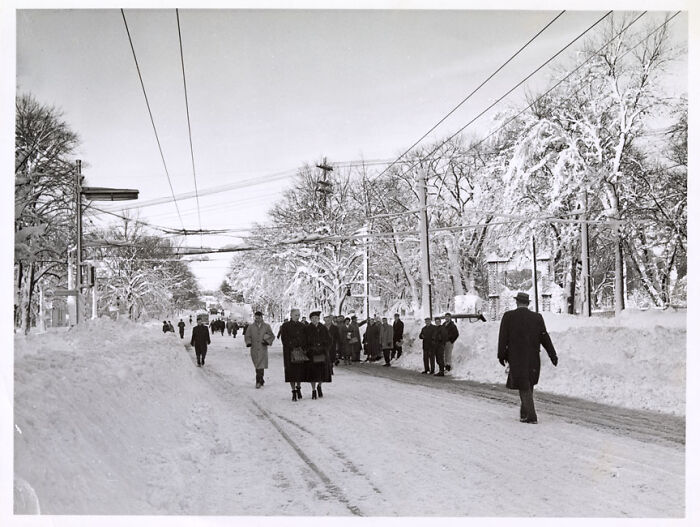
Image credits: VintagePhotoBooth
#59 The Maryhill Olympics, Glasgow 1980
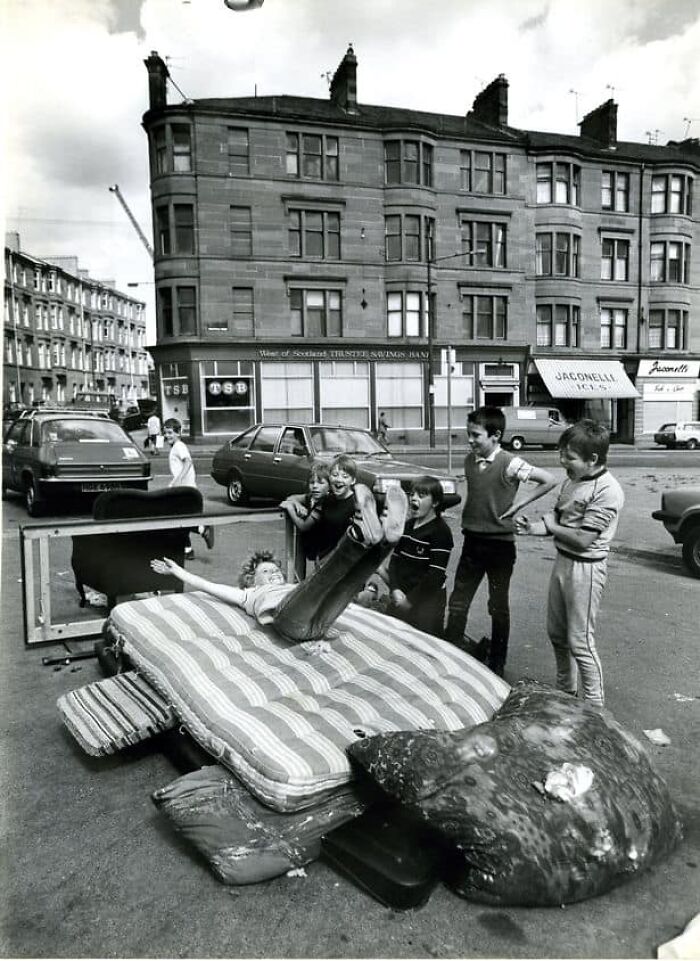
Image credits: VintagePhotoBooth
#60 Here Is A Woman With Three Young Girls, Out For A Stroll, In Manhattan’s Madison Square Park In 1905
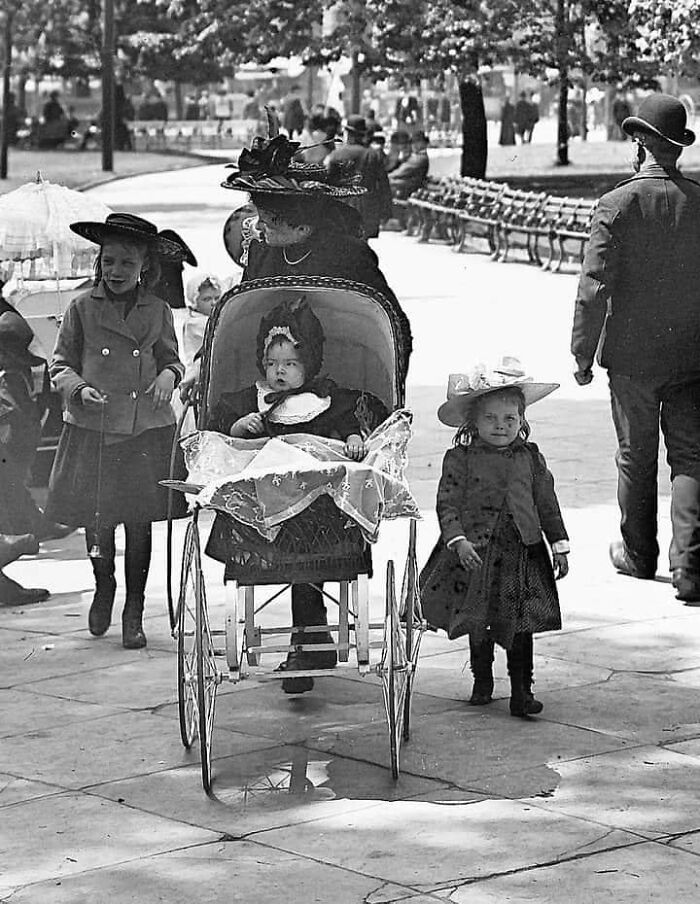
Image credits: VintagePhotoBooth
#61 Paying By Check

Image credits: VintagePhotoBooth
#62 Brando Attends The Funeral Of Black Panther Bobby Hutton, Oakland, 1968

Image credits: VintagePhotoBooth
#63 The Ford Model Line Up, 1966. (Ford Modeling Agency, That Is.)
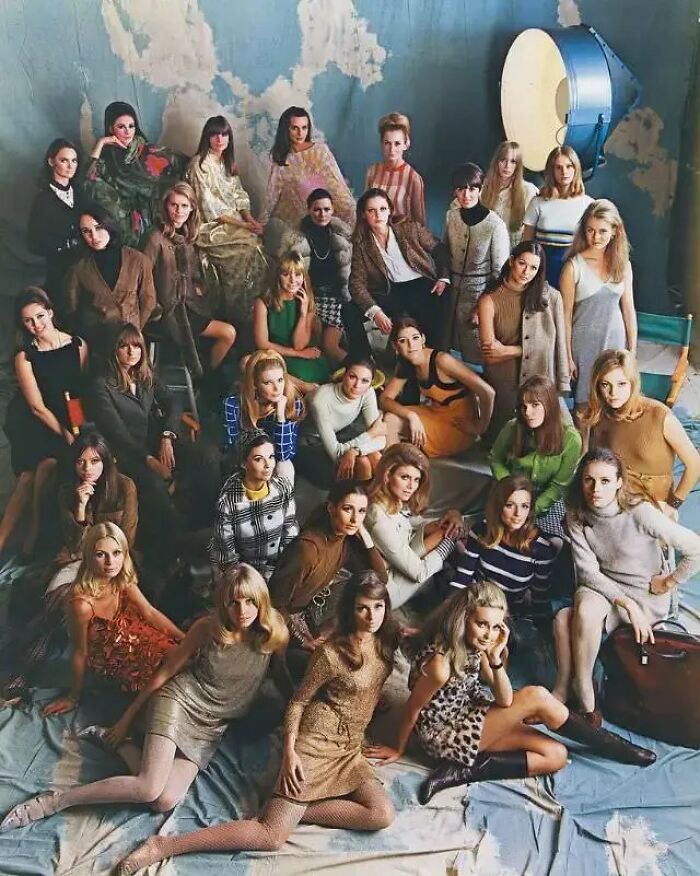
Image credits: VintagePhotoBooth
#64 Masahisa Fukase Yoko 1970’s
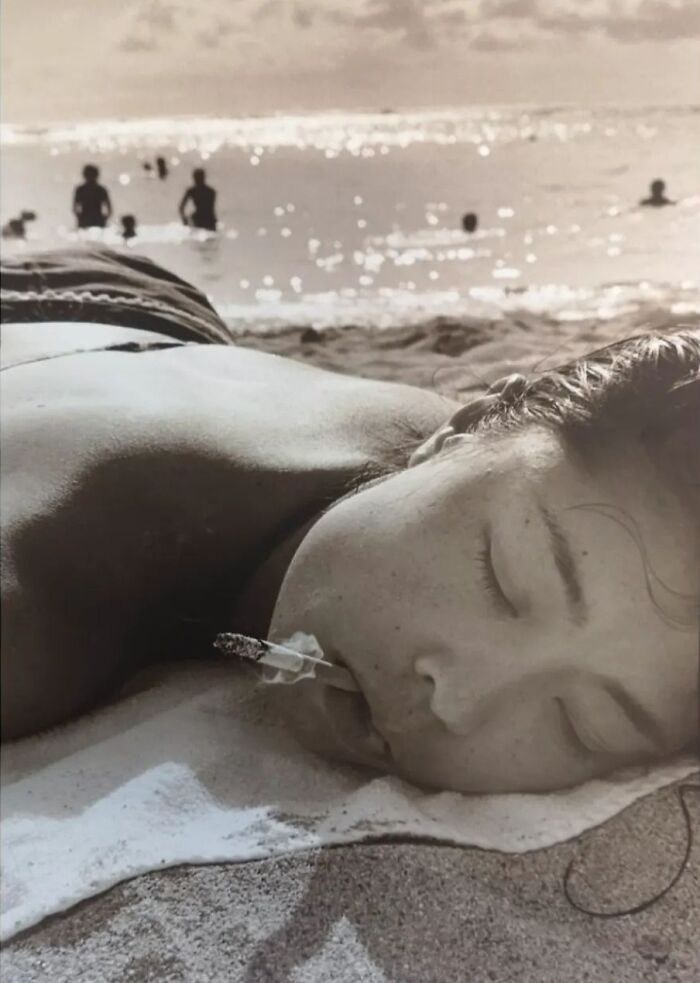
Image credits: VintagePhotoBooth
#65 Girl Learning Photography And Cinema In Bali, 1934
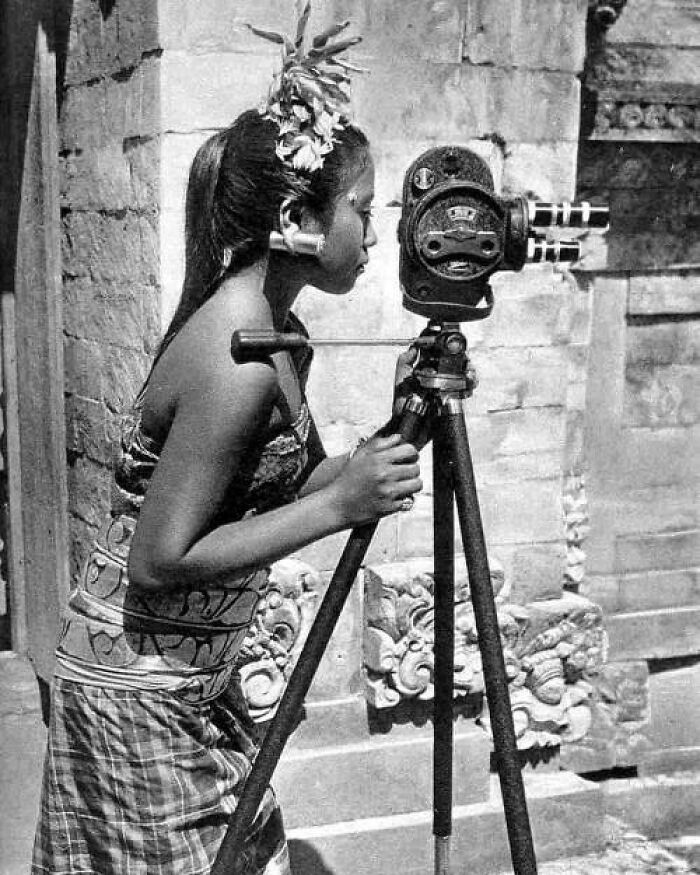
Image credits: VintagePhotoBooth
#66 Country Wedding, Seine Et Marne, France 1960s, Photo By Yves Troispoux
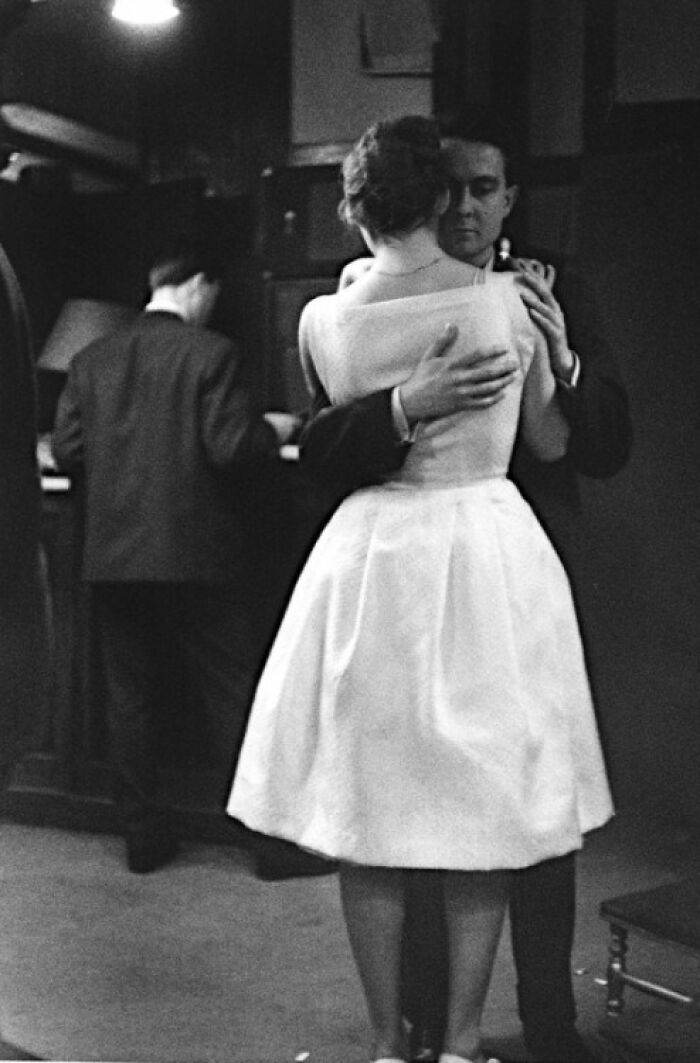
Image credits: VintagePhotoBooth
#67 Marilyn Monroe Attends The Premiere Of The Film “Cat On A Hot Tin Roof”, 1955
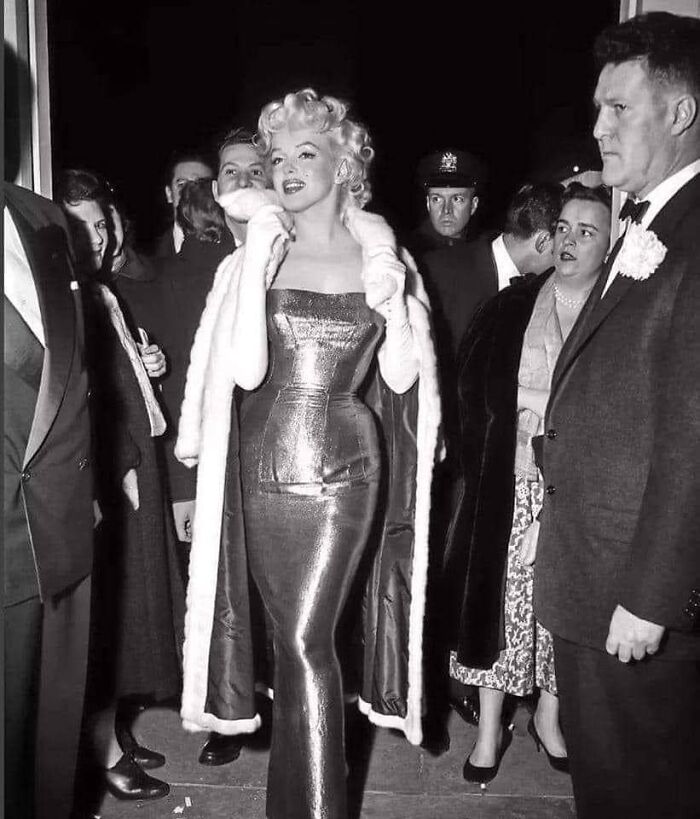
Image credits: VintagePhotoBooth
#68 12-Year-Old Freddie Mercury At St Peter’s Boys School – Panchgani, India, 1958
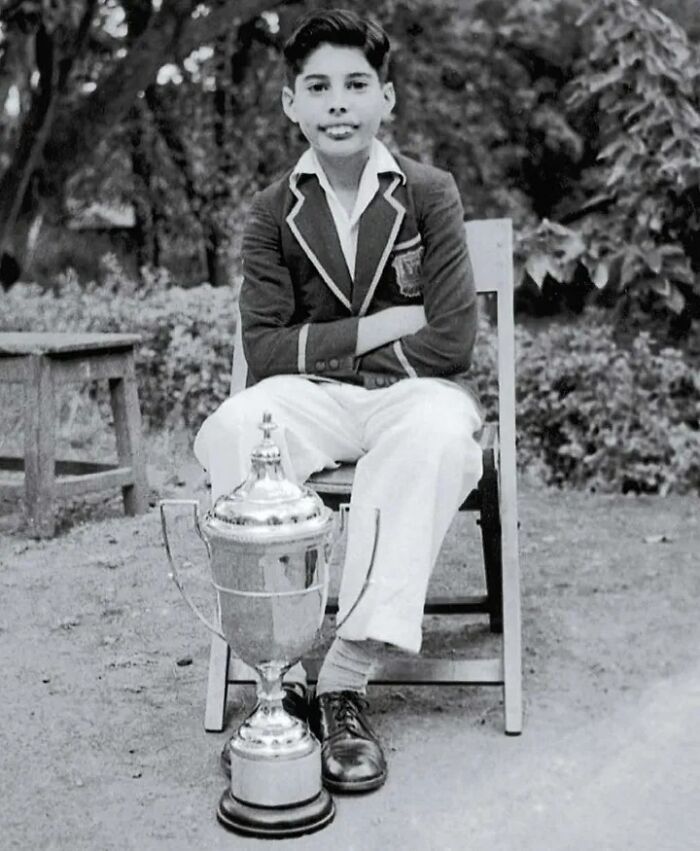
Image credits: VintagePhotoBooth
#69 Woody Guthrie At Mcsorley’s Old Ale House In 1943
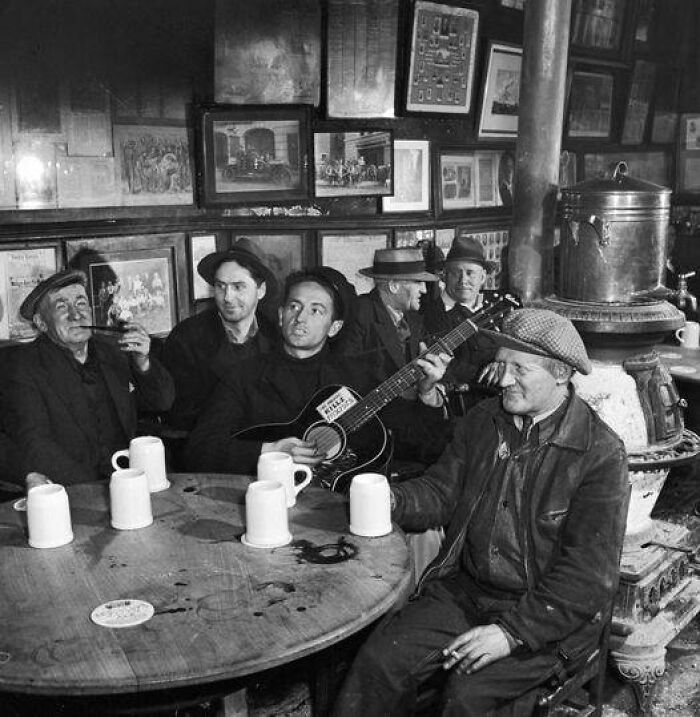
Image credits: VintagePhotoBooth
#70 Untitled Taken In Pittsburgh, 1955
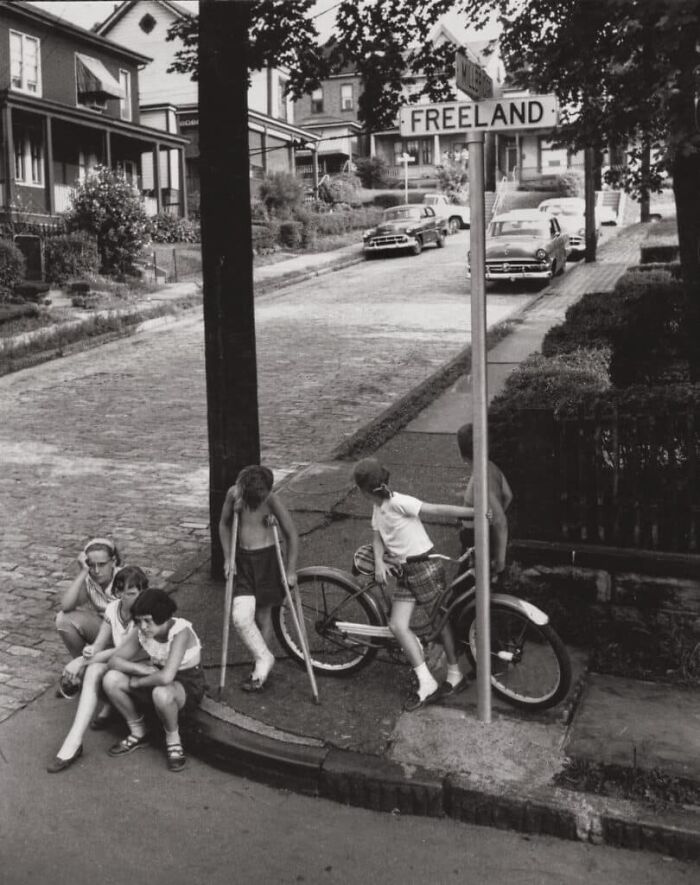
Image credits: VintagePhotoBooth
#71 June 1938. “Butter Bean Vines Across The Porch. Negro Quarter In Memphis, Tennessee.”
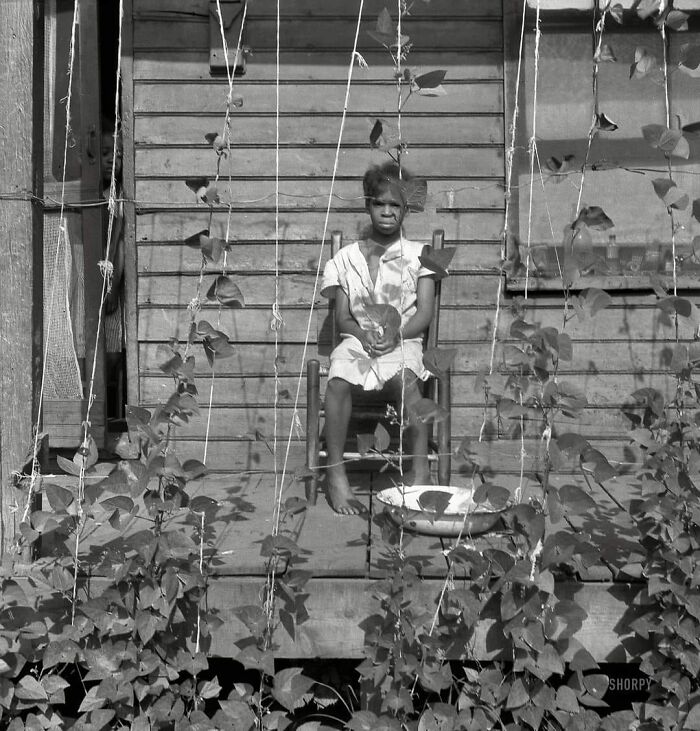
Image credits: VintagePhotoBooth
#72 The Old Cincinnati Library, Before It Was Demolished In 1955
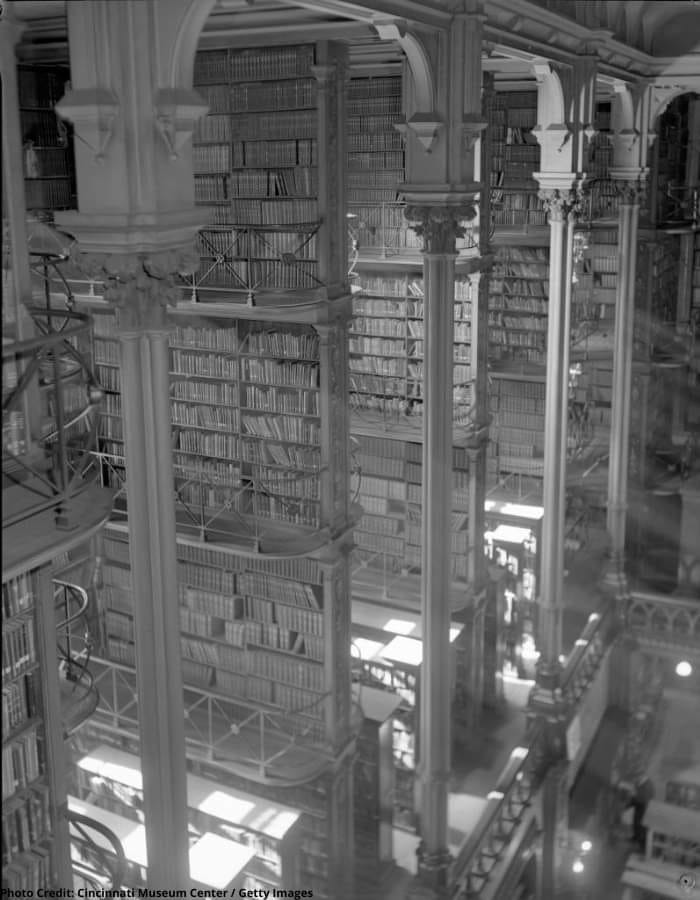
Image credits: VintagePhotoBooth
#73 The International Sweethearts Of Rhythm, The Pioneering All-Girl Jazz-Swing Group, With Bandleader Anna Mae Winburn, 1940s
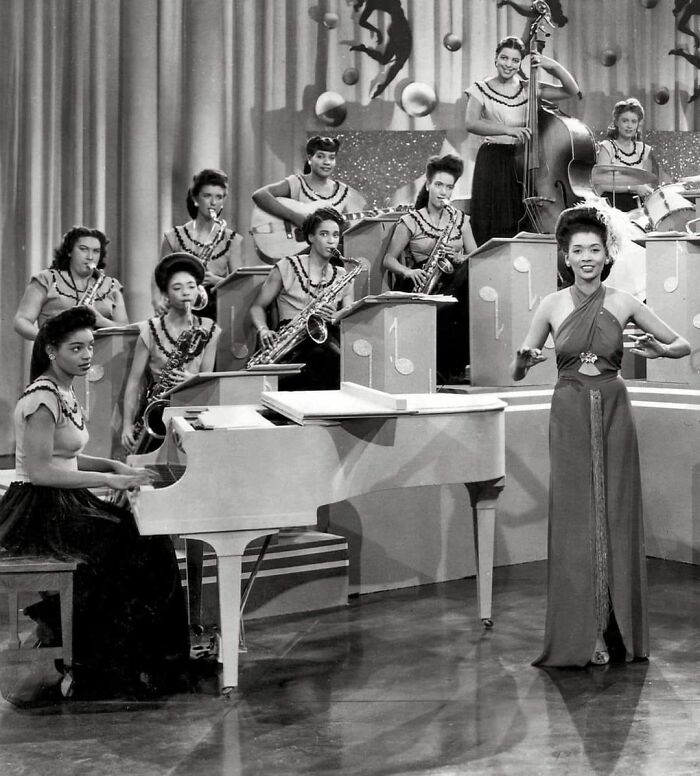
Image credits: VintagePhotoBooth
#74 Romance Is In The Air At Scandinavia’s Most Popular Dance Club, Nalen, In Stockholm, 1956. Photo By John Firth
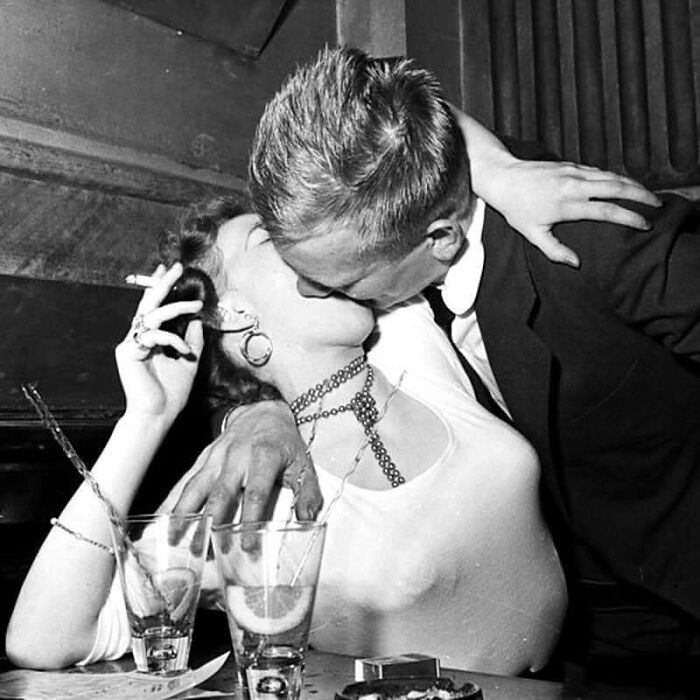
Image credits: VintagePhotoBooth
#75 Packaging Olives For A&p (George Skadding. 1949)
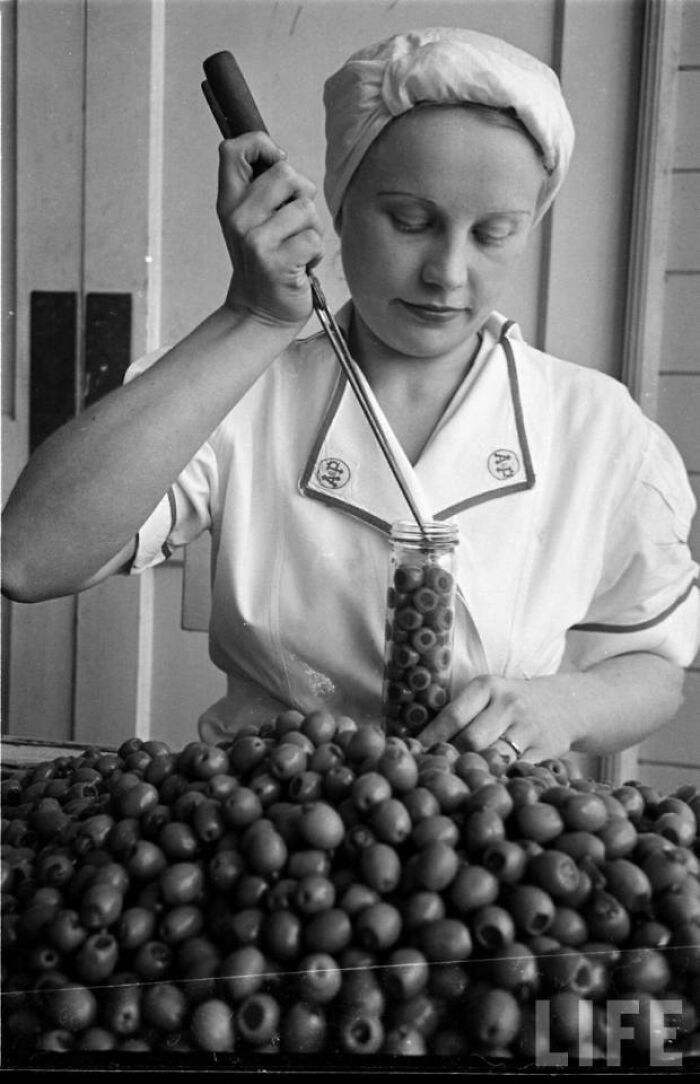
Image credits: VintagePhotoBooth
#76 Photograph By Martin Parr, From His Book Bad Weather, 1982, Kenmare Fair, Kenmare, Ireland
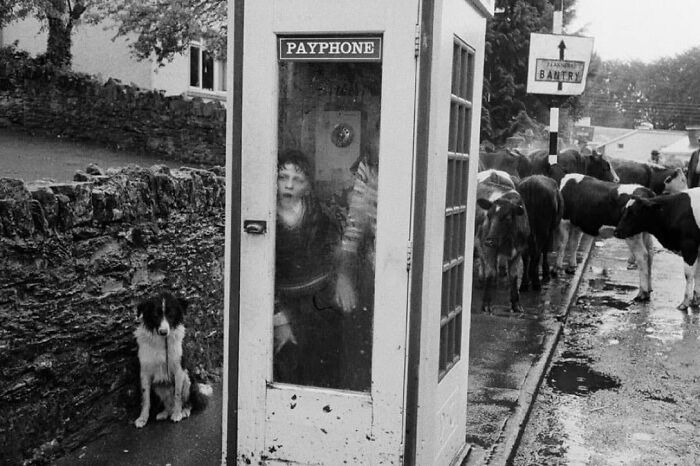
Image credits: VintagePhotoBooth
#77 Washing Day India, C. 1920’s
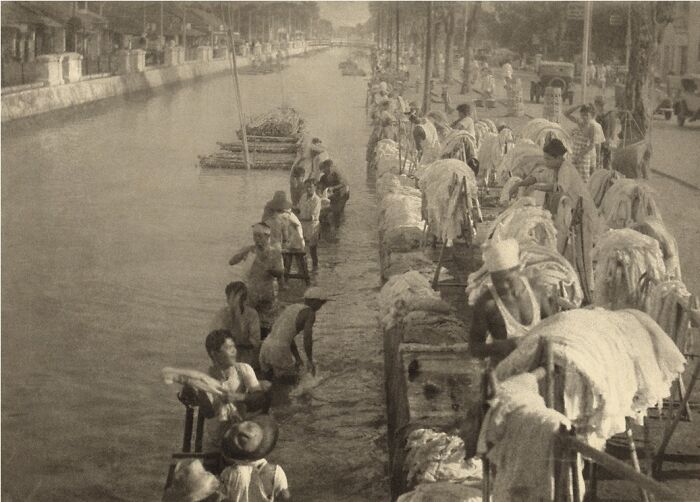
Image credits: VintagePhotoBooth
#78 Fred With Tires From The Body Shop Series, 1984 By Herb Ritts
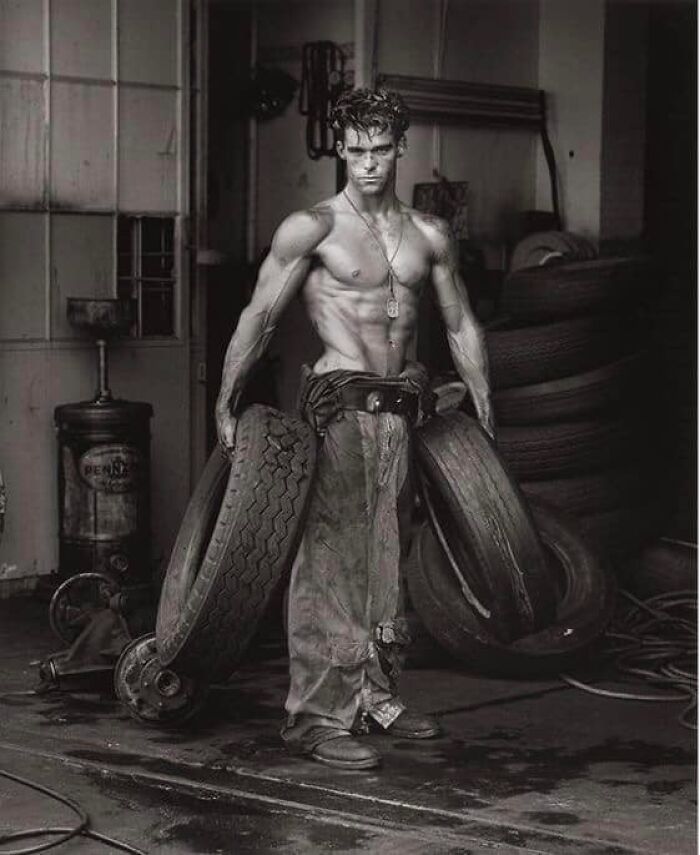
Image credits: VintagePhotoBooth
#79 1962 – Anne Bancroft And Pattyduke In A Still From “The Miracle Worker”
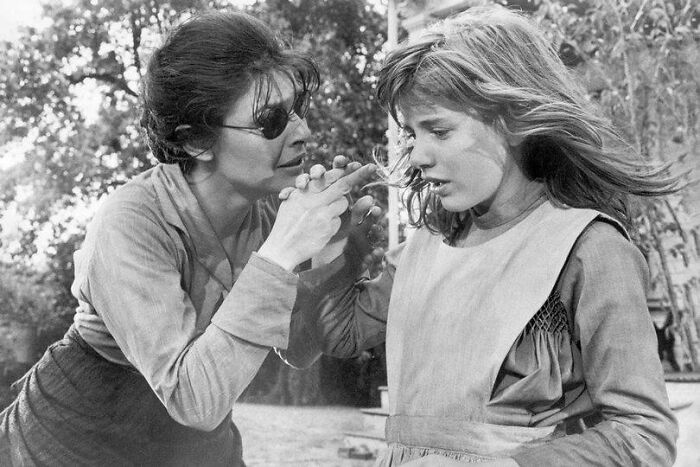
Image credits: VintagePhotoBooth
#80 Angie Dickinson And Director Howard Hawks On The Set Of Rio Bravo (1959)
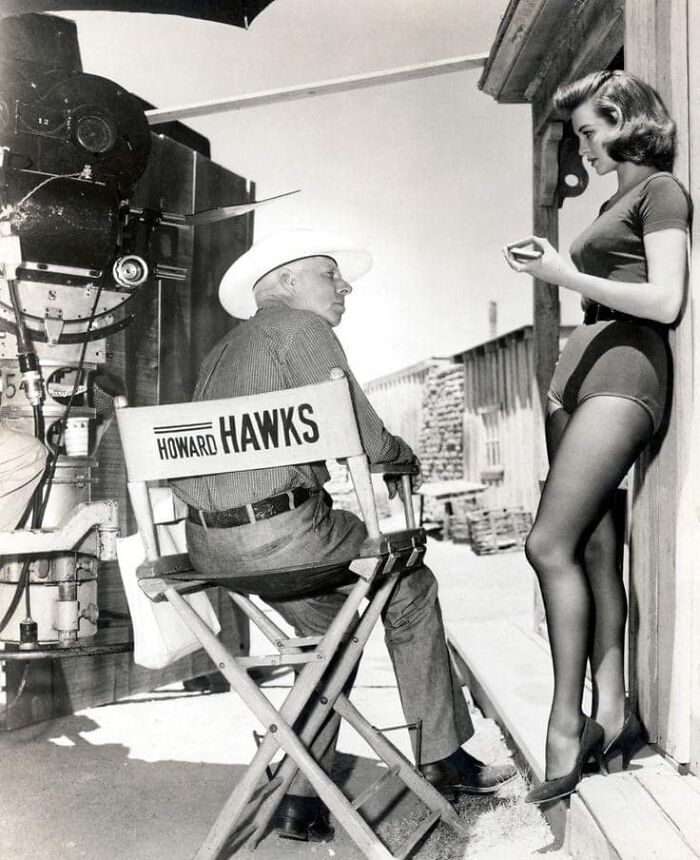
Image credits: VintagePhotoBooth
Recommended Videos
 Russians brave icy cold for Epiphany272 views
Russians brave icy cold for Epiphany272 views Photographer Marcin Zajac Spent Years Capturing These Amazing Nightscapes Around The World70 views
Photographer Marcin Zajac Spent Years Capturing These Amazing Nightscapes Around The World70 views-
Advertisements
 This Cat I Met Today Has Sauron’s Eyes76 views
This Cat I Met Today Has Sauron’s Eyes76 views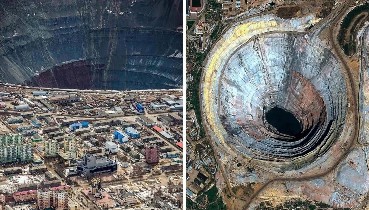 Mirny Mine and its 525-meter-deep Gap127 views
Mirny Mine and its 525-meter-deep Gap127 views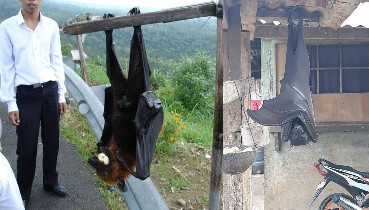 Amazing! Giant Megabats!108 views
Amazing! Giant Megabats!108 views 21 Life Changing Vaseline Beauty Hacks That Will Save You Money142 views
21 Life Changing Vaseline Beauty Hacks That Will Save You Money142 views Hollyhock (Alcea rosea)55 views
Hollyhock (Alcea rosea)55 views Jenna Ortega492 views
Jenna Ortega492 views
